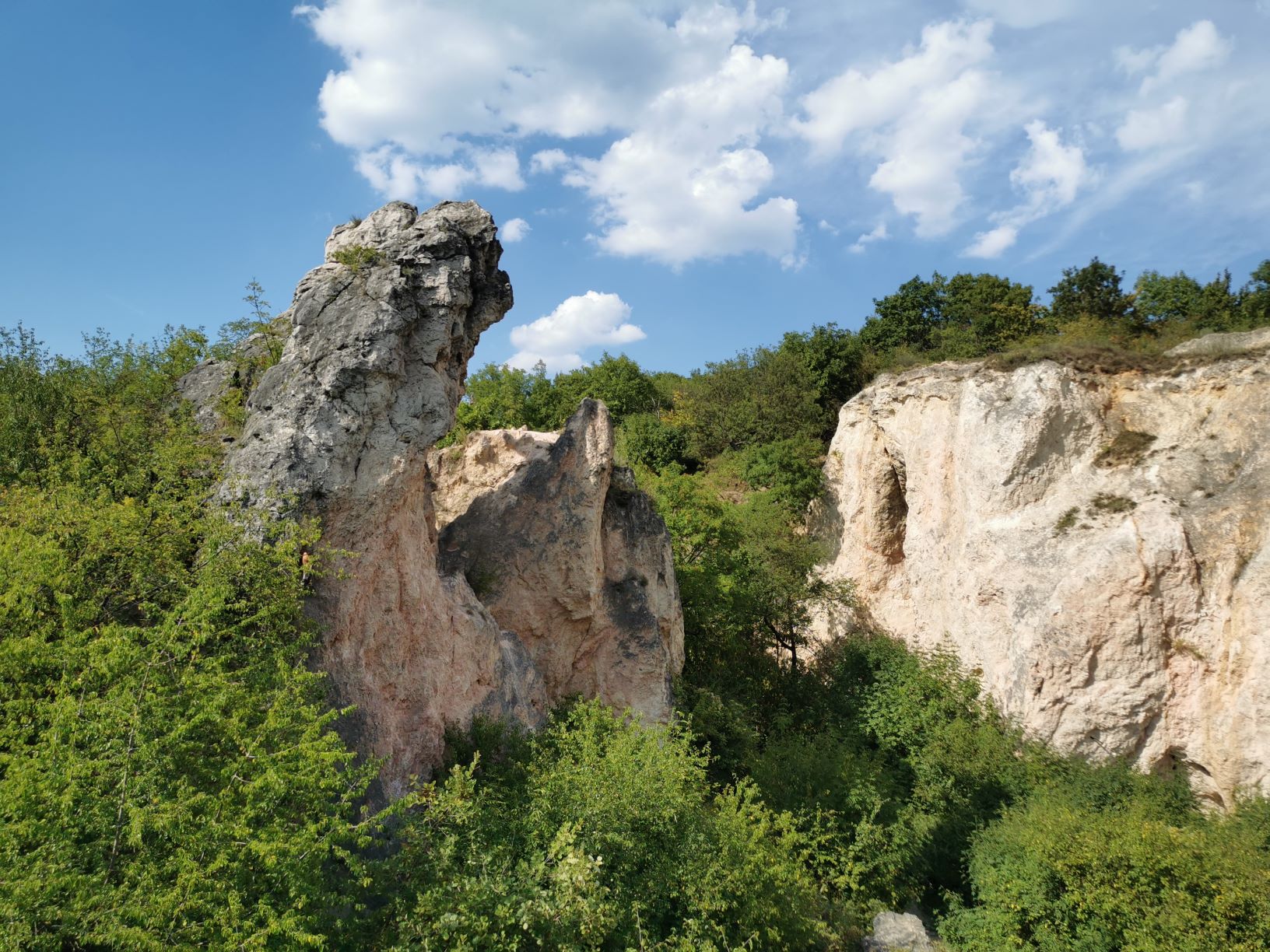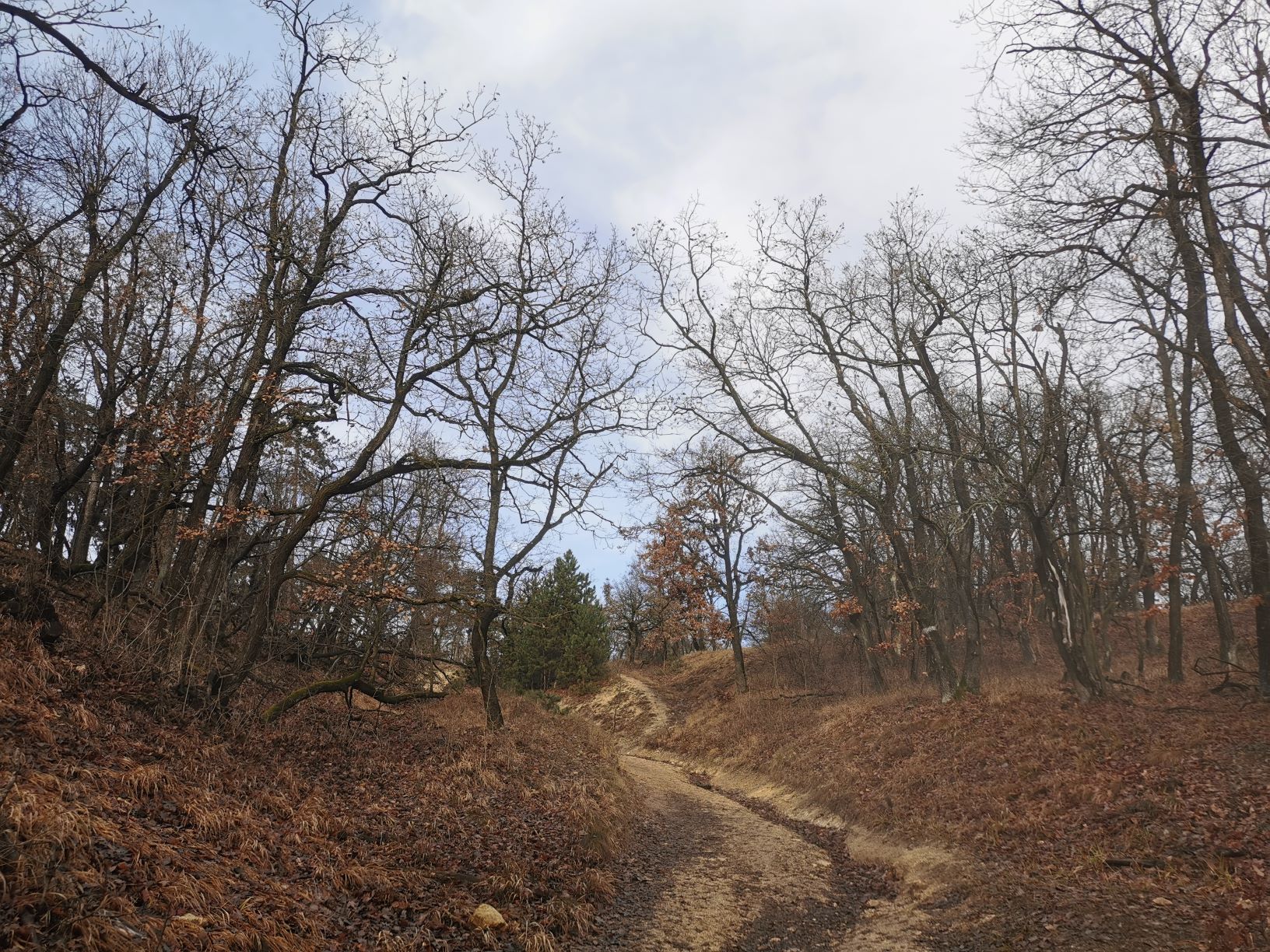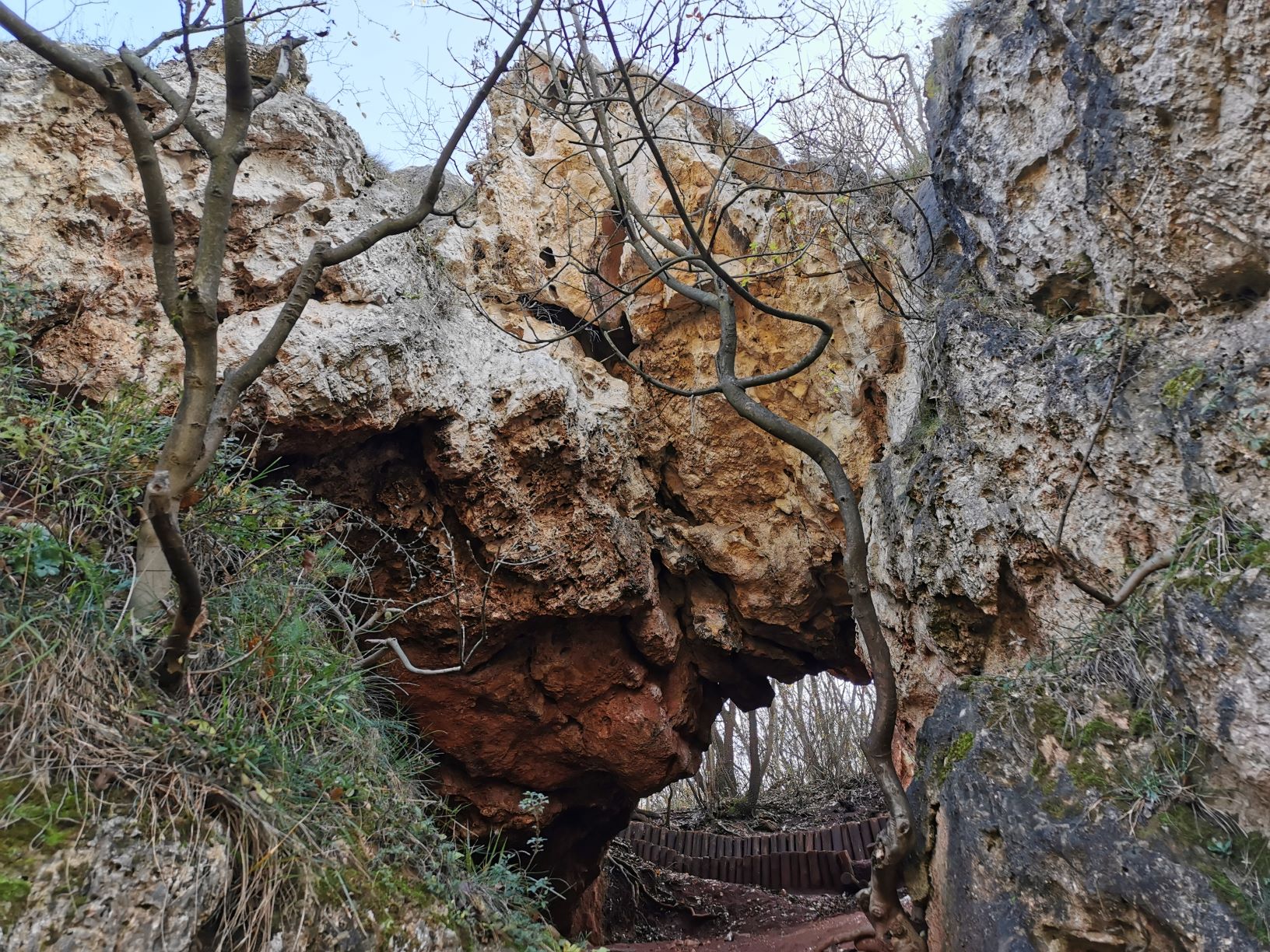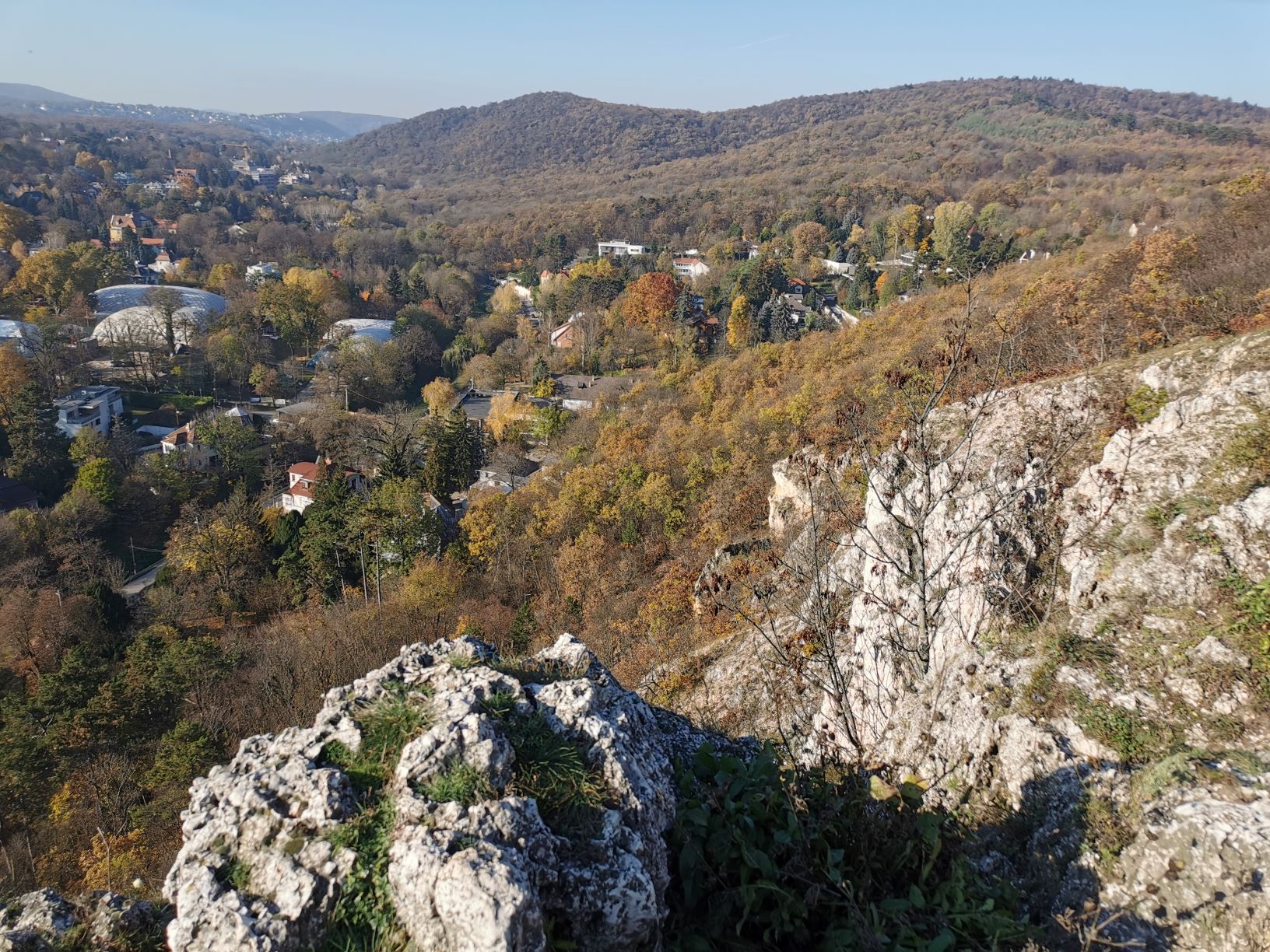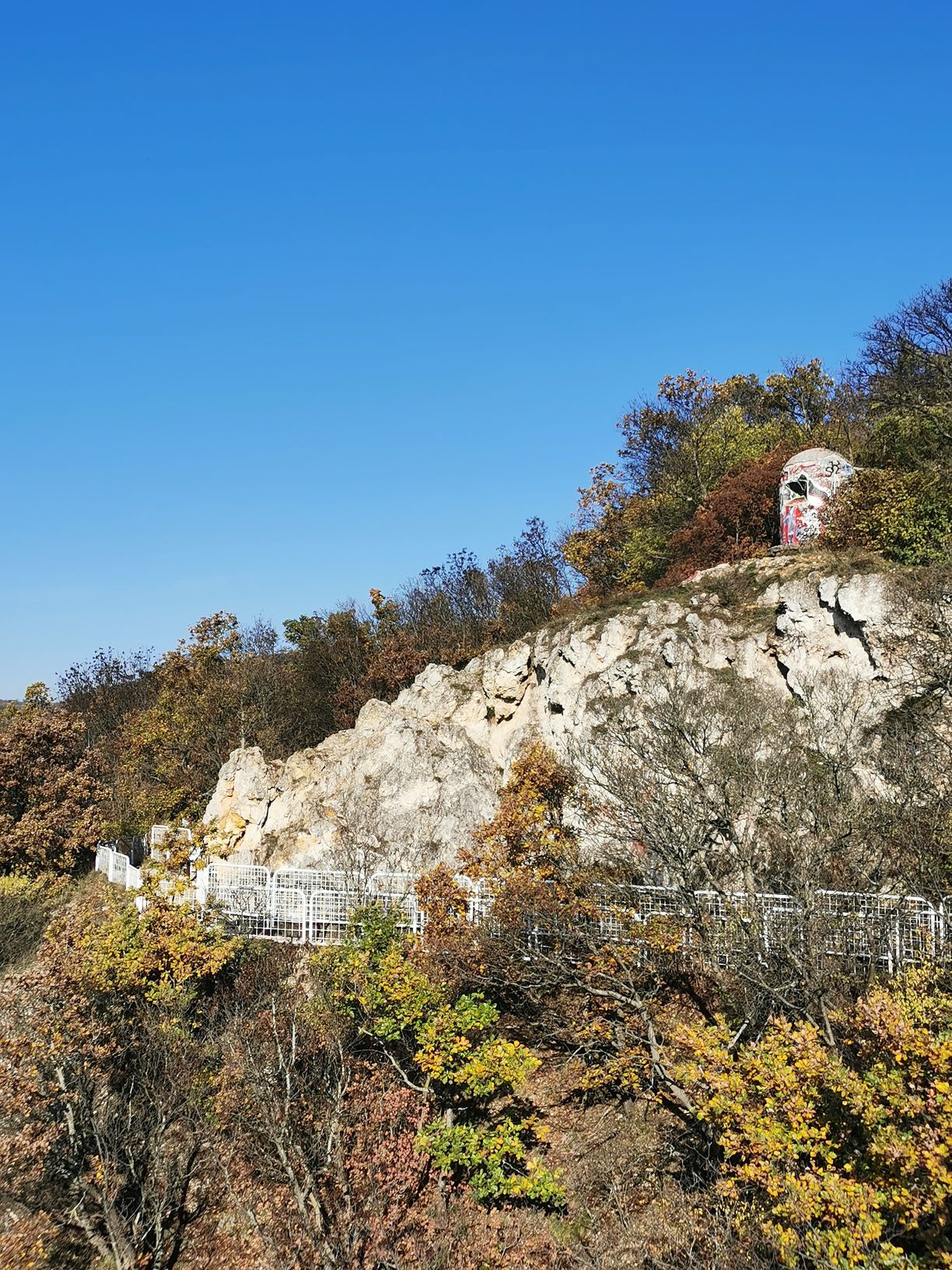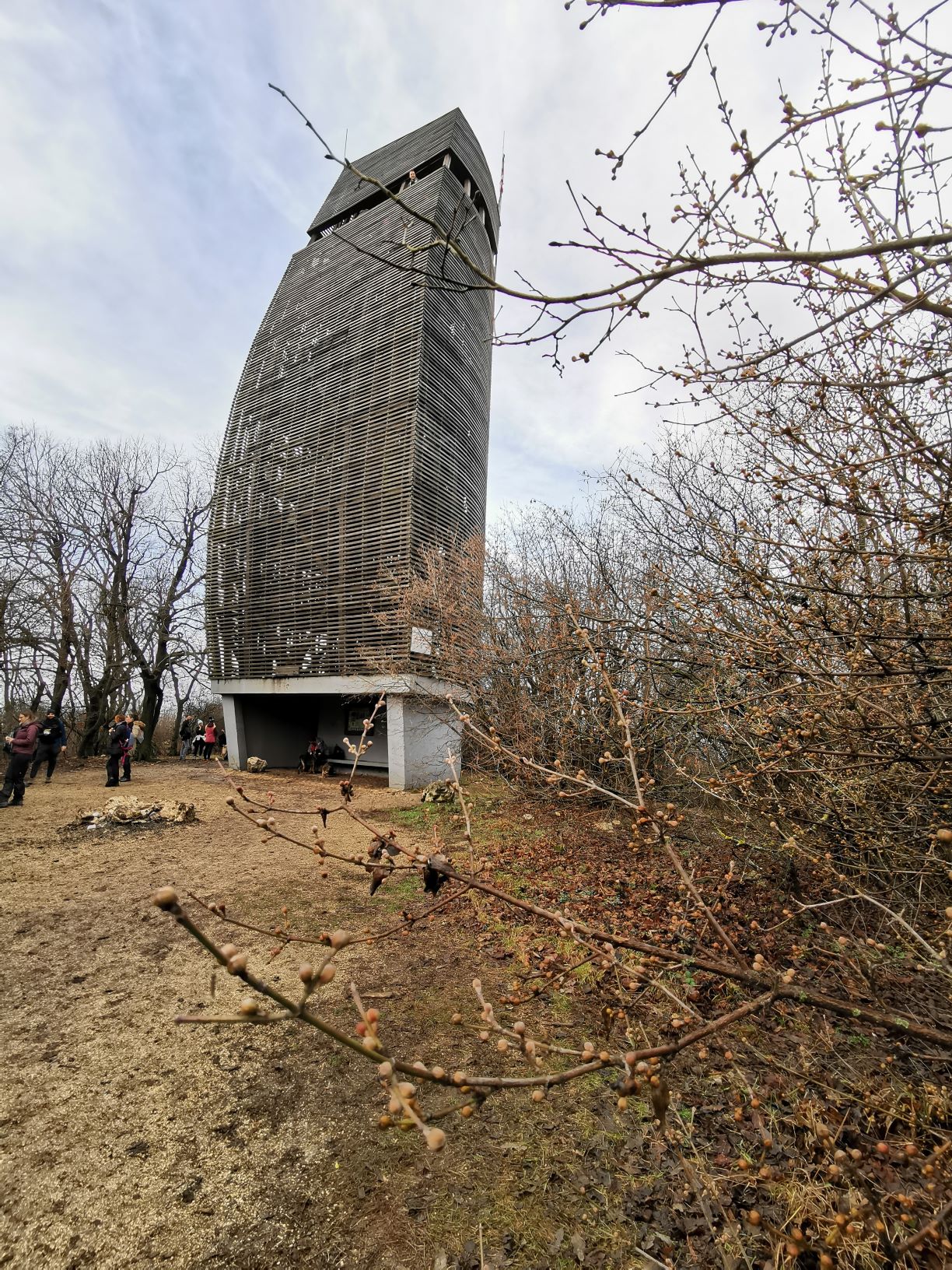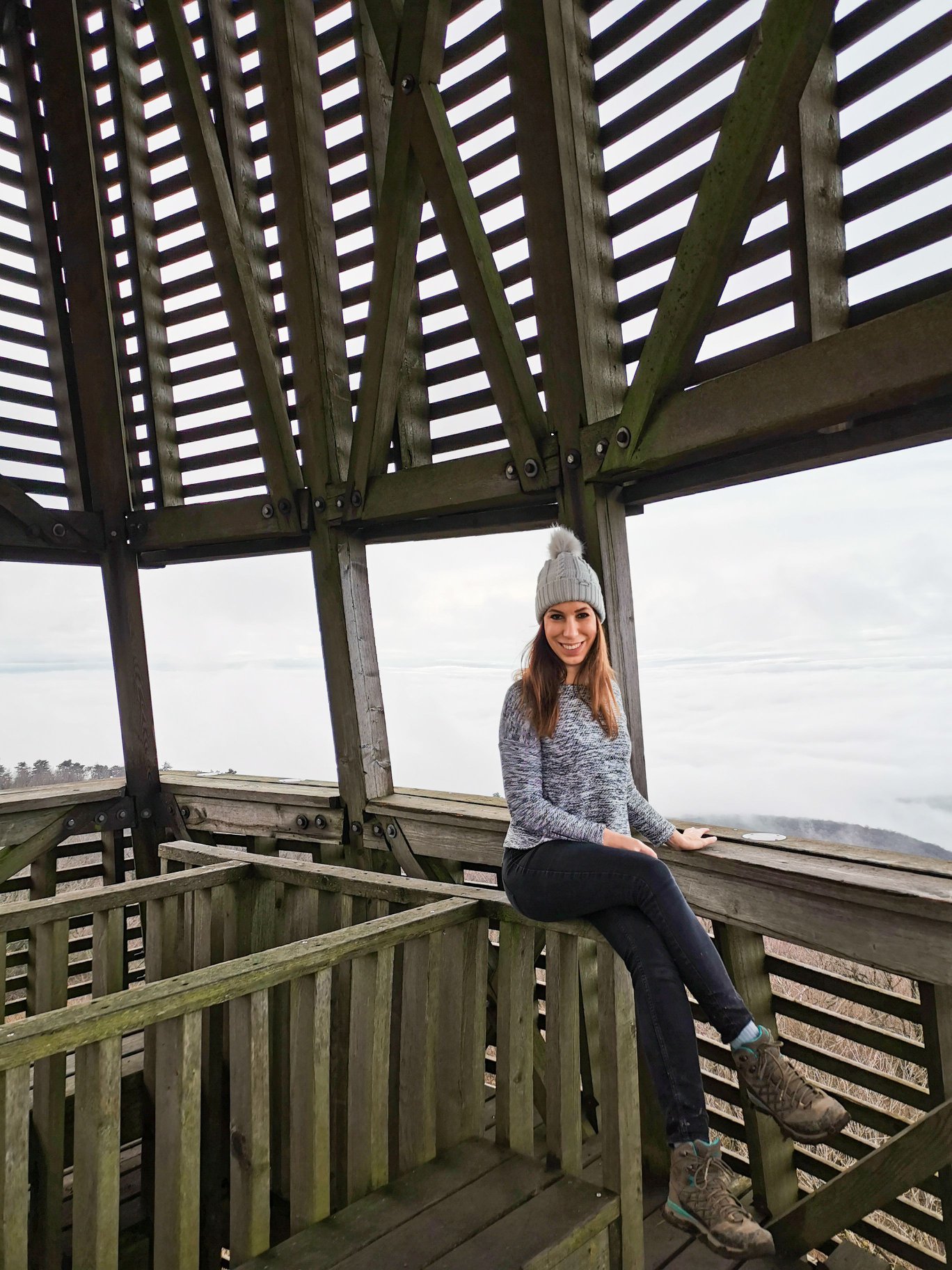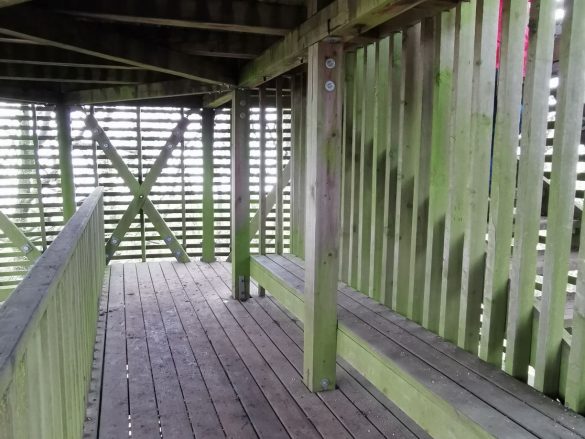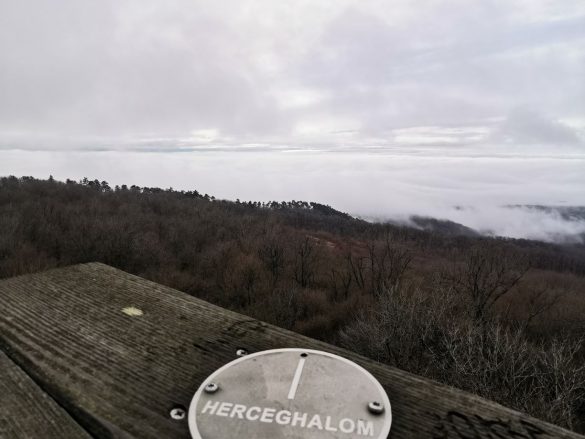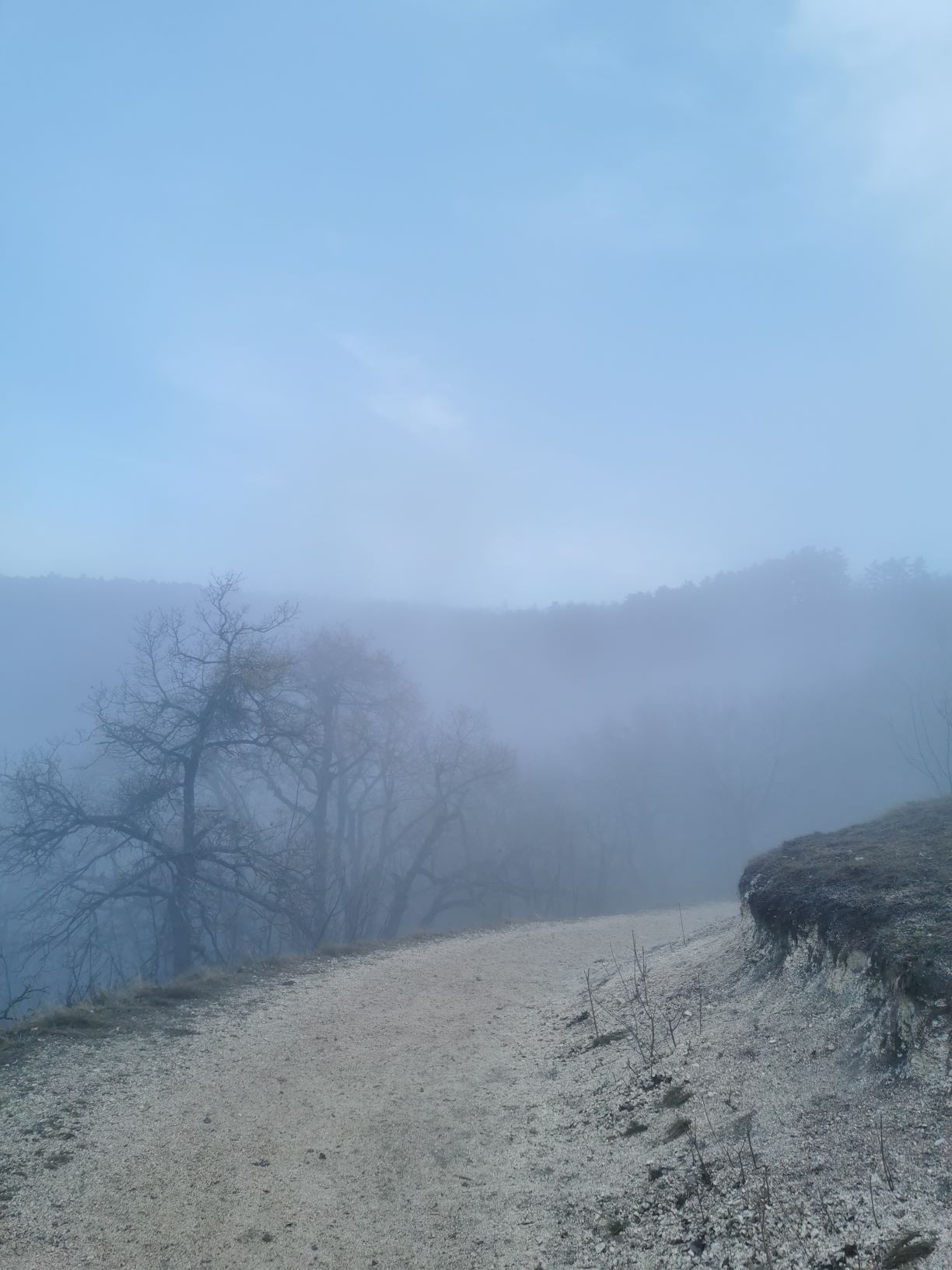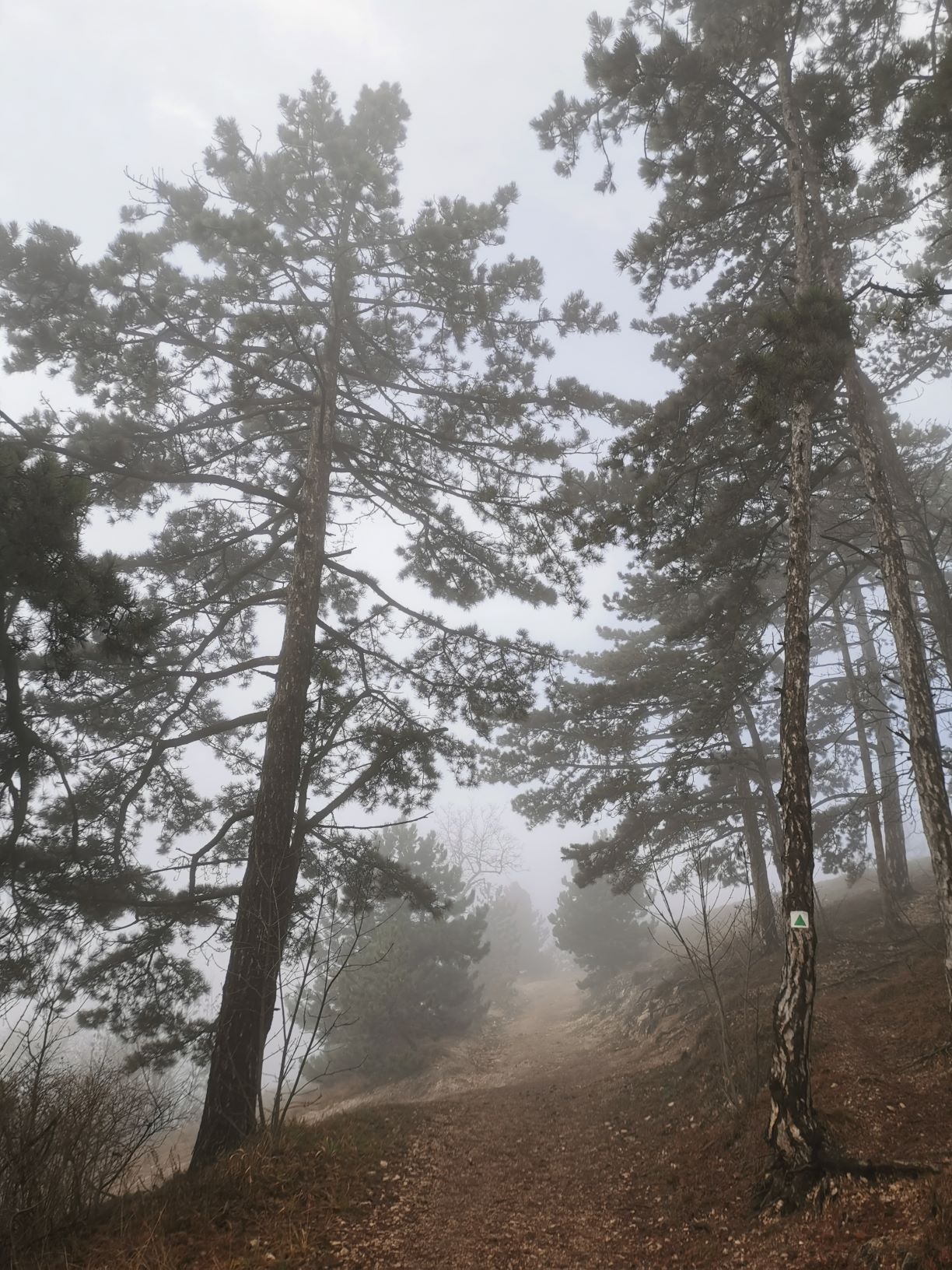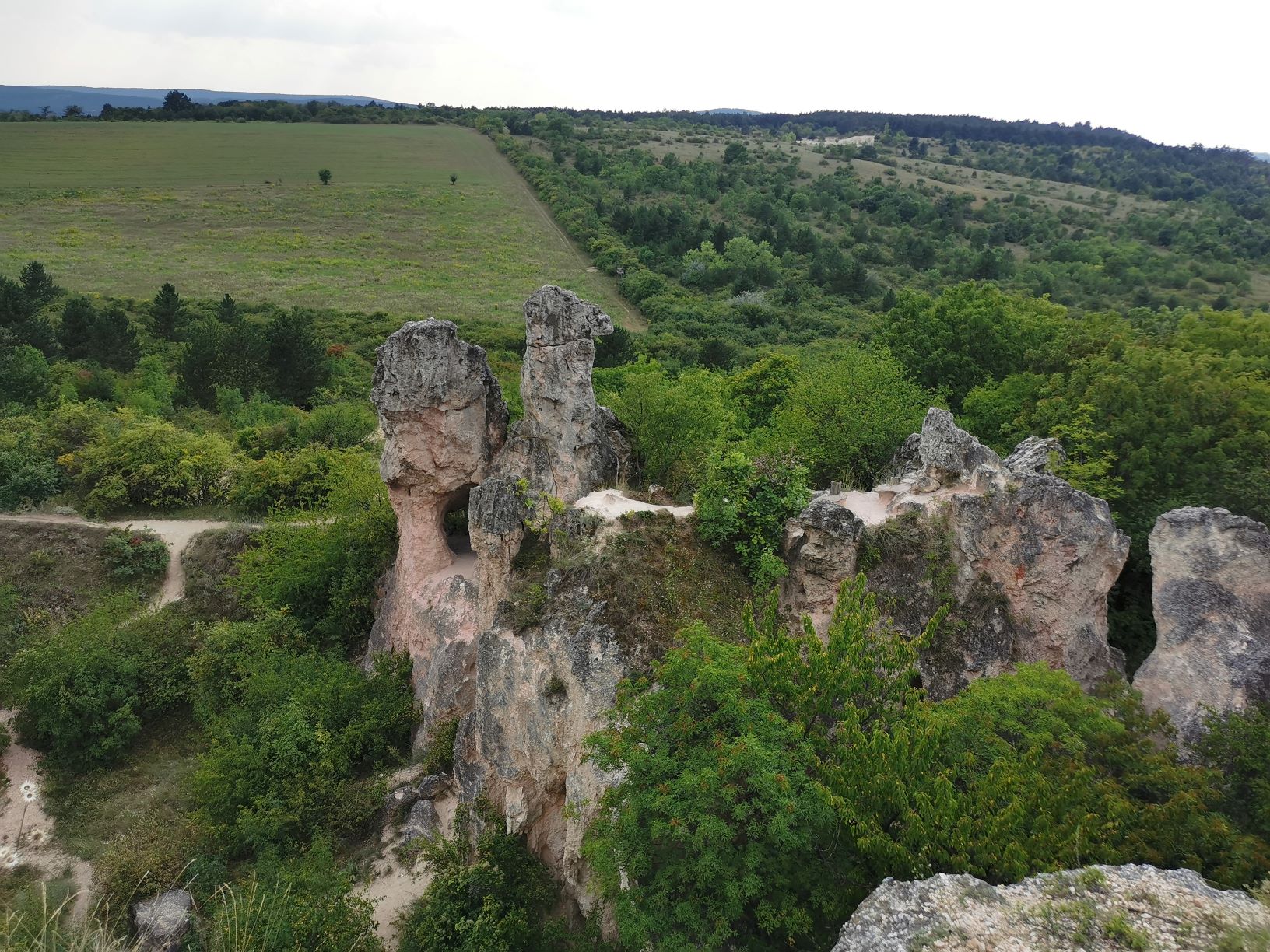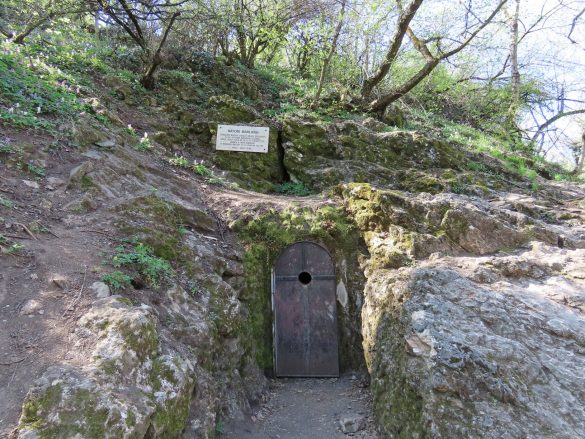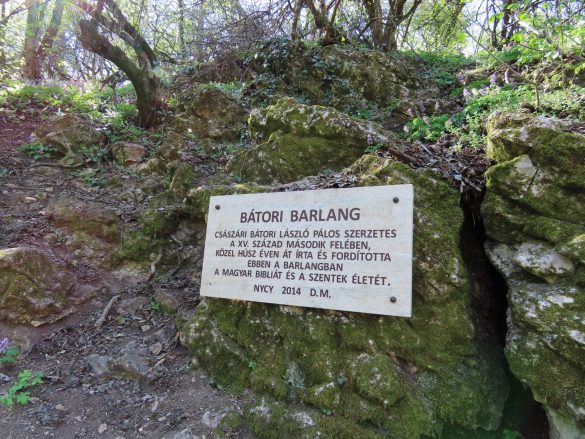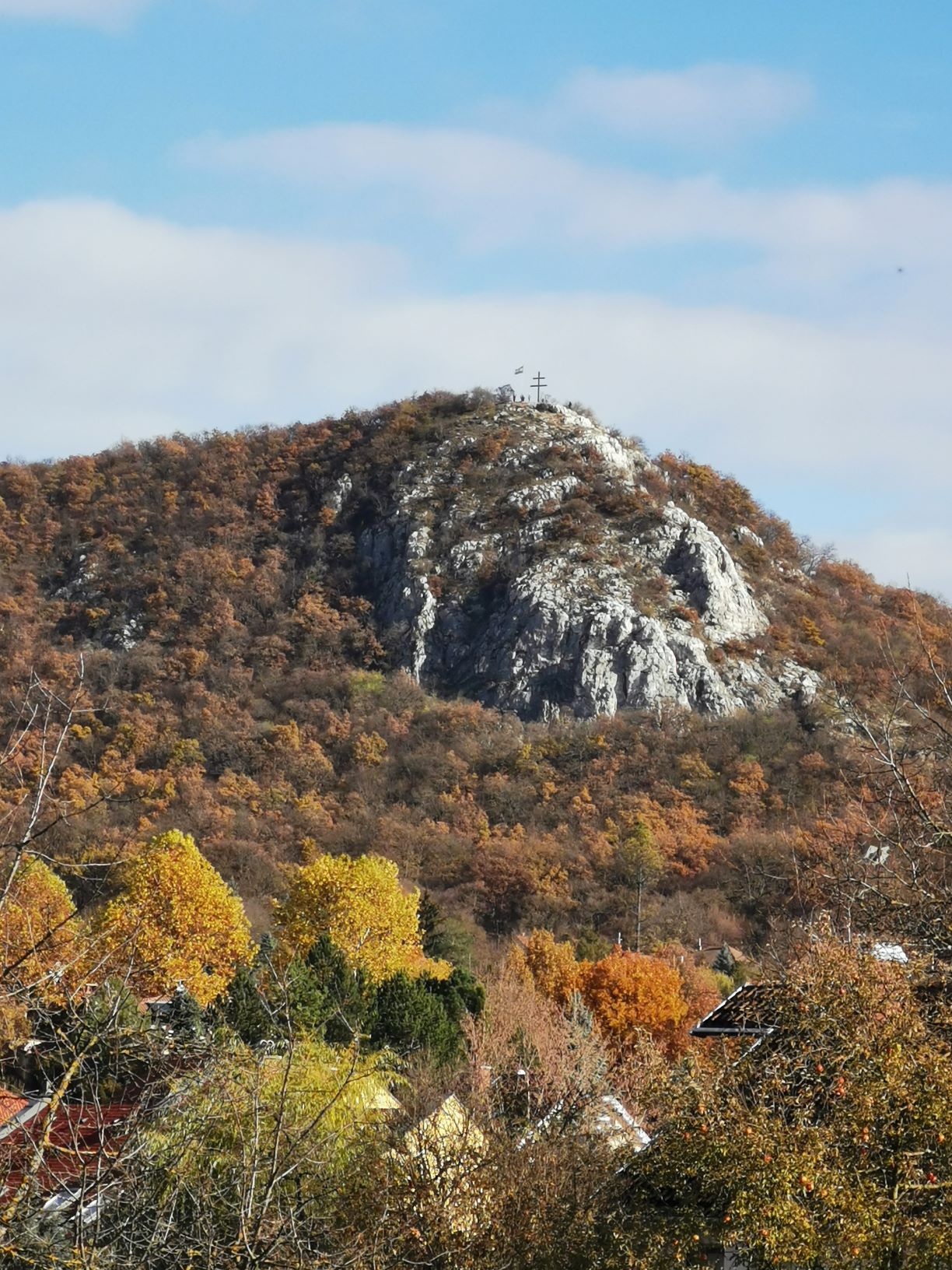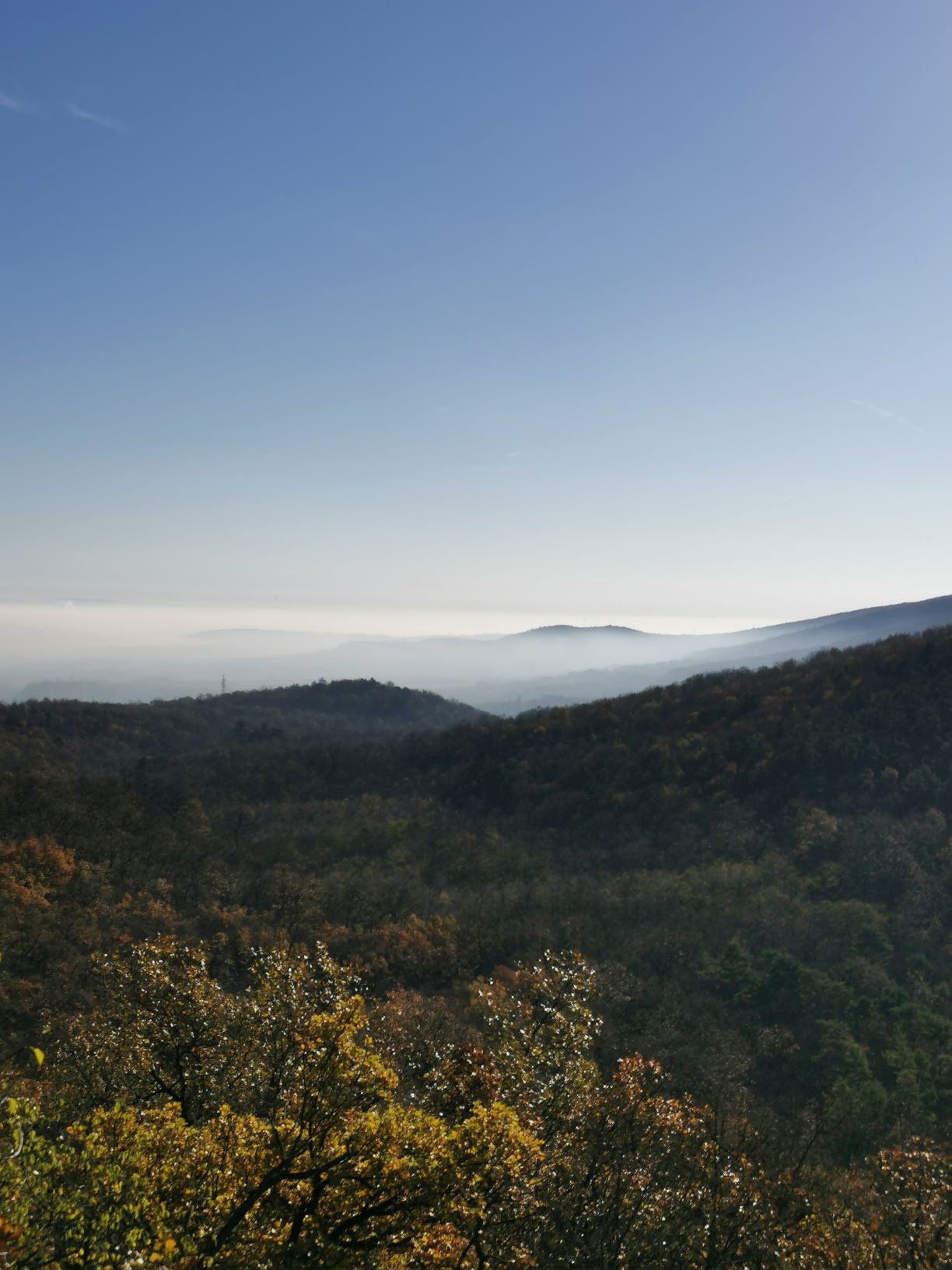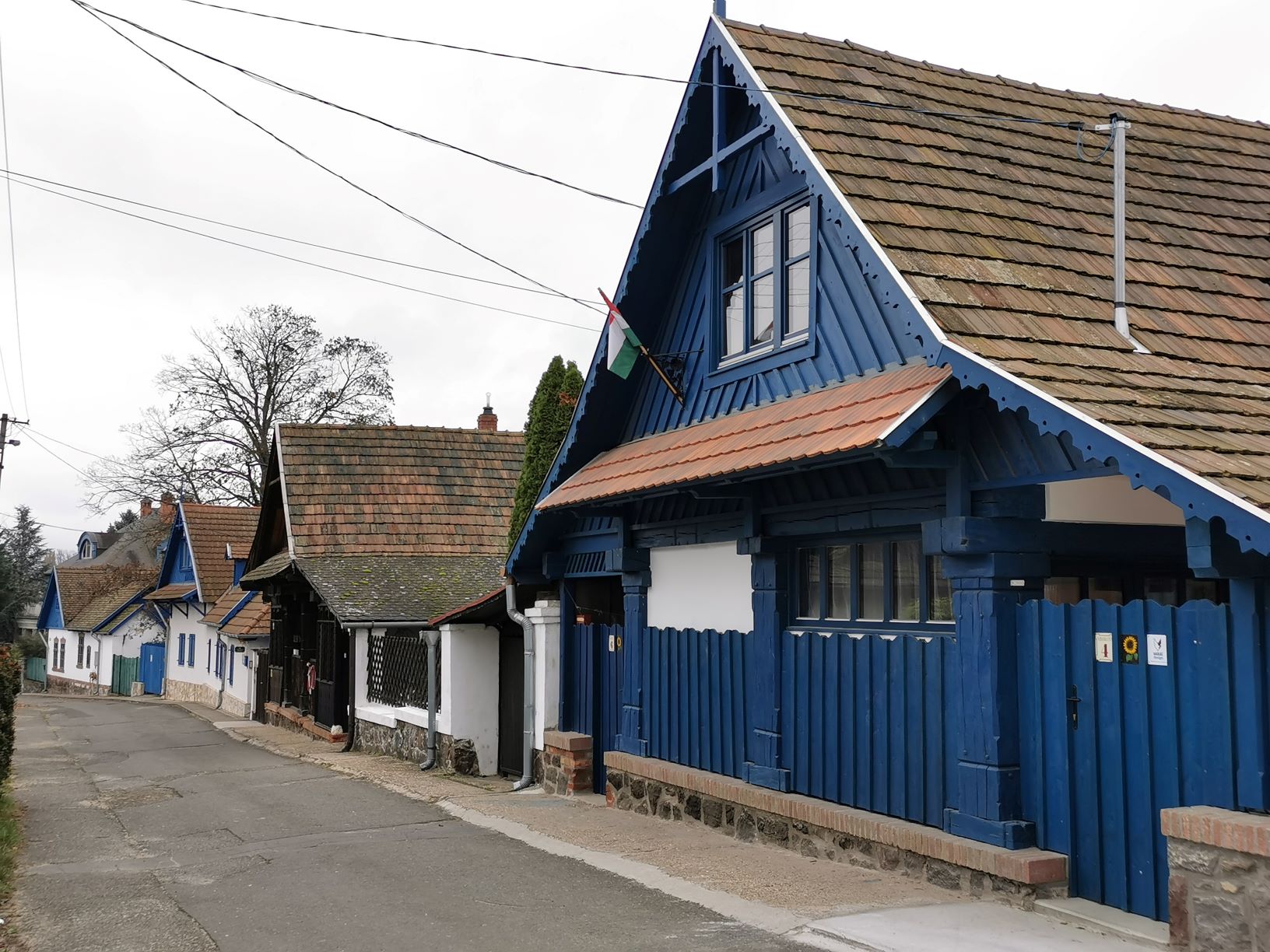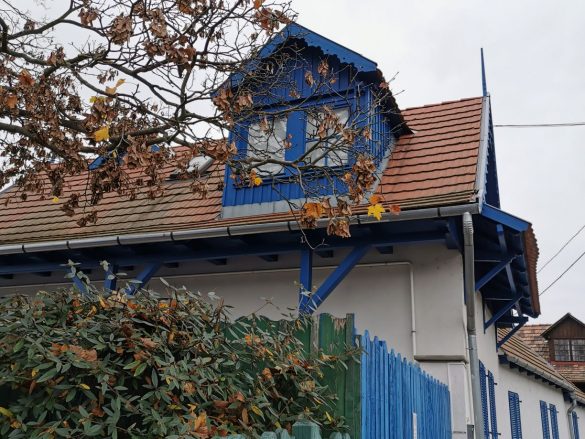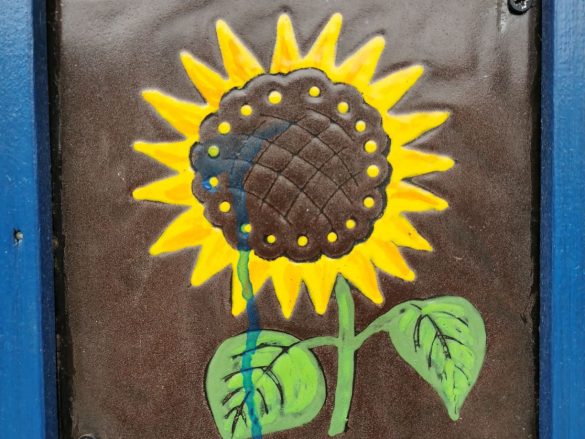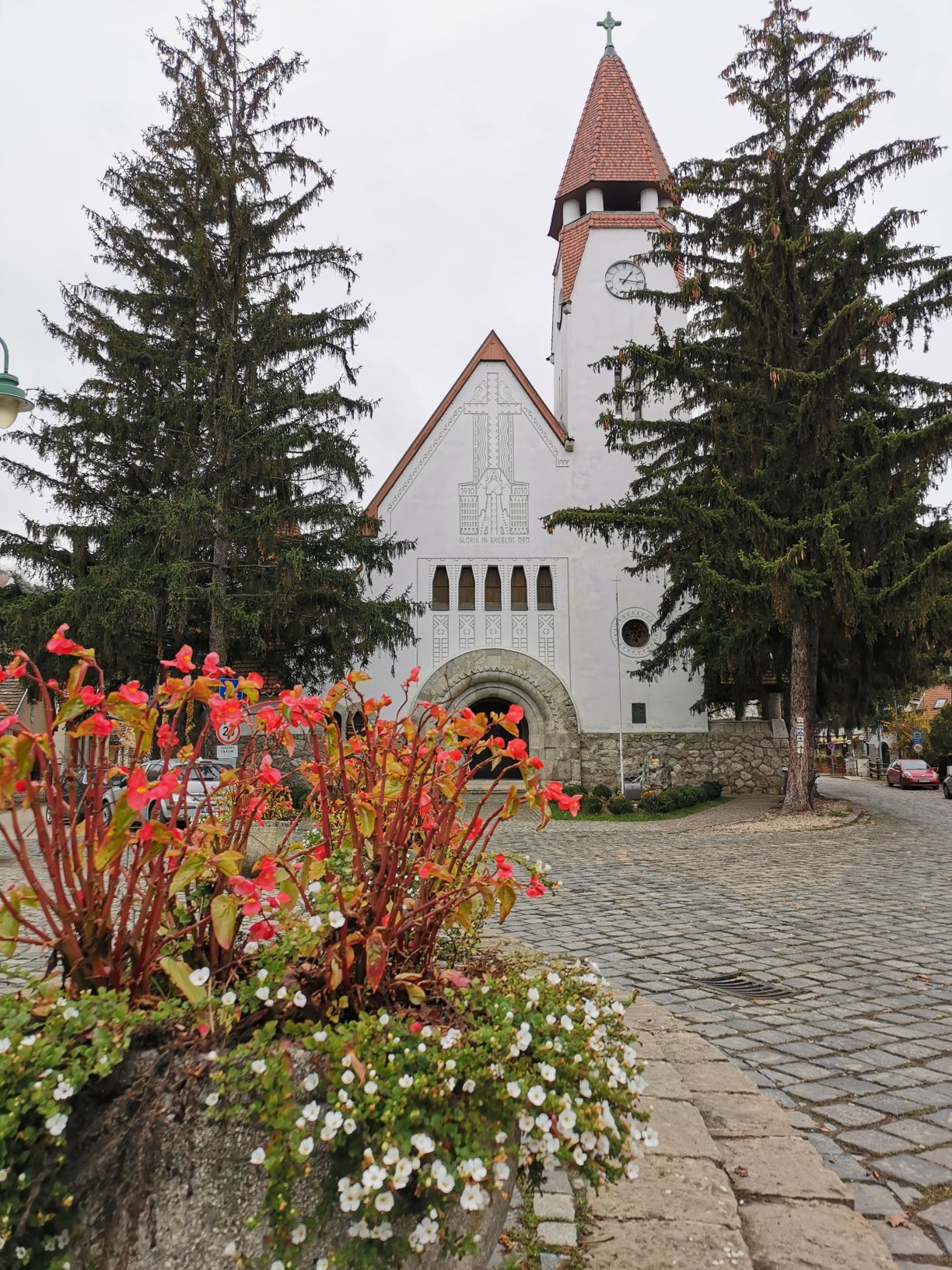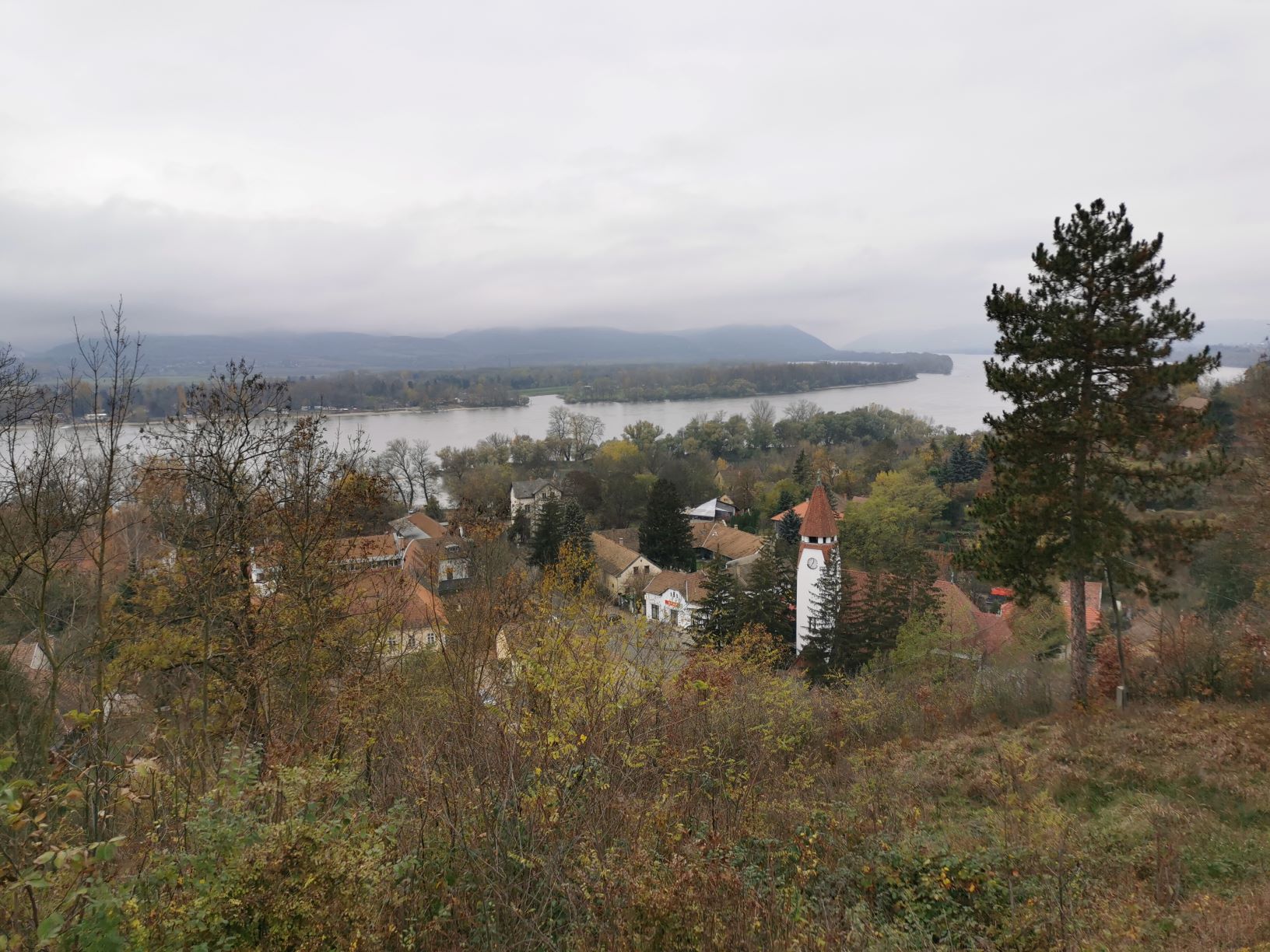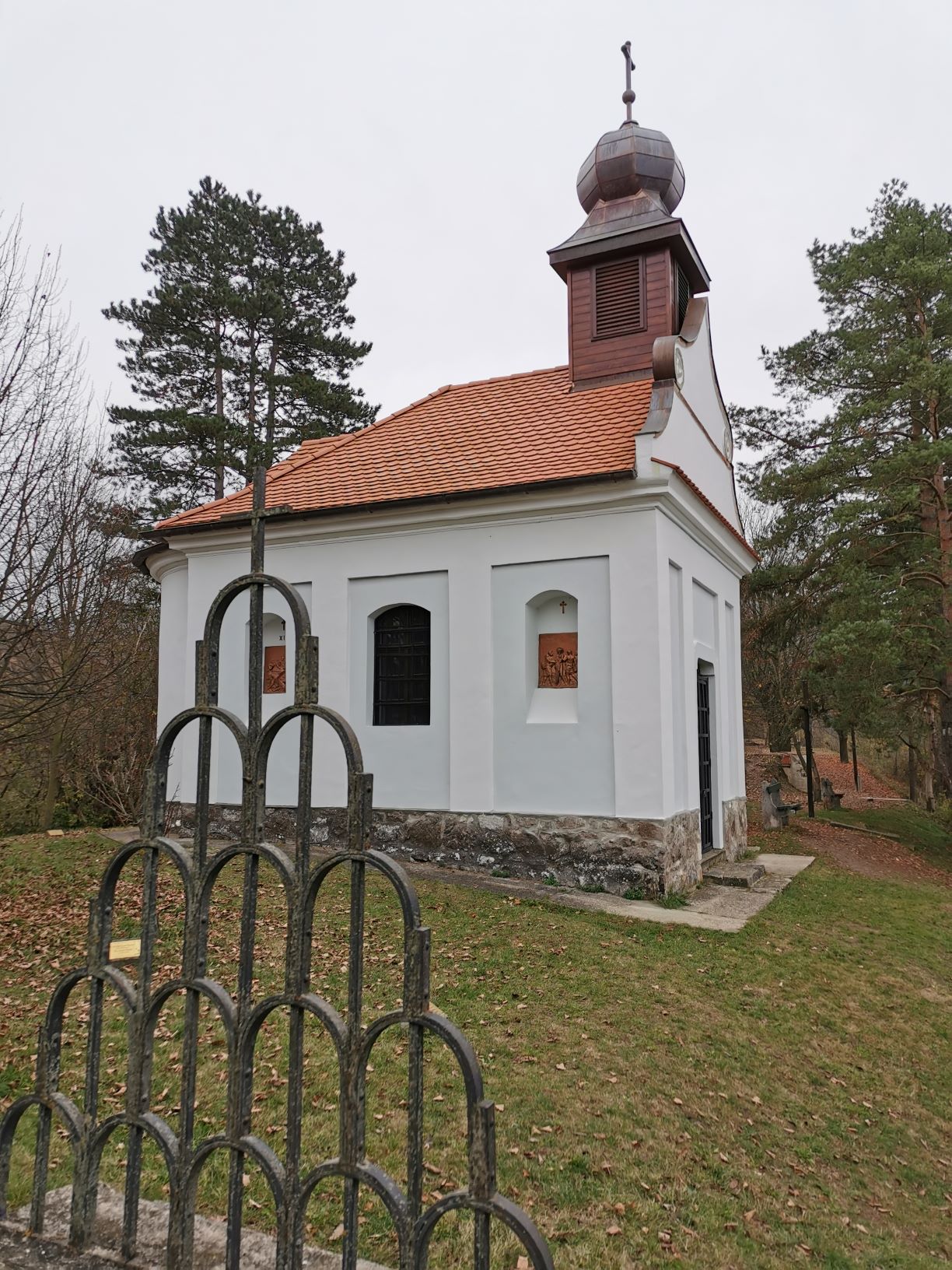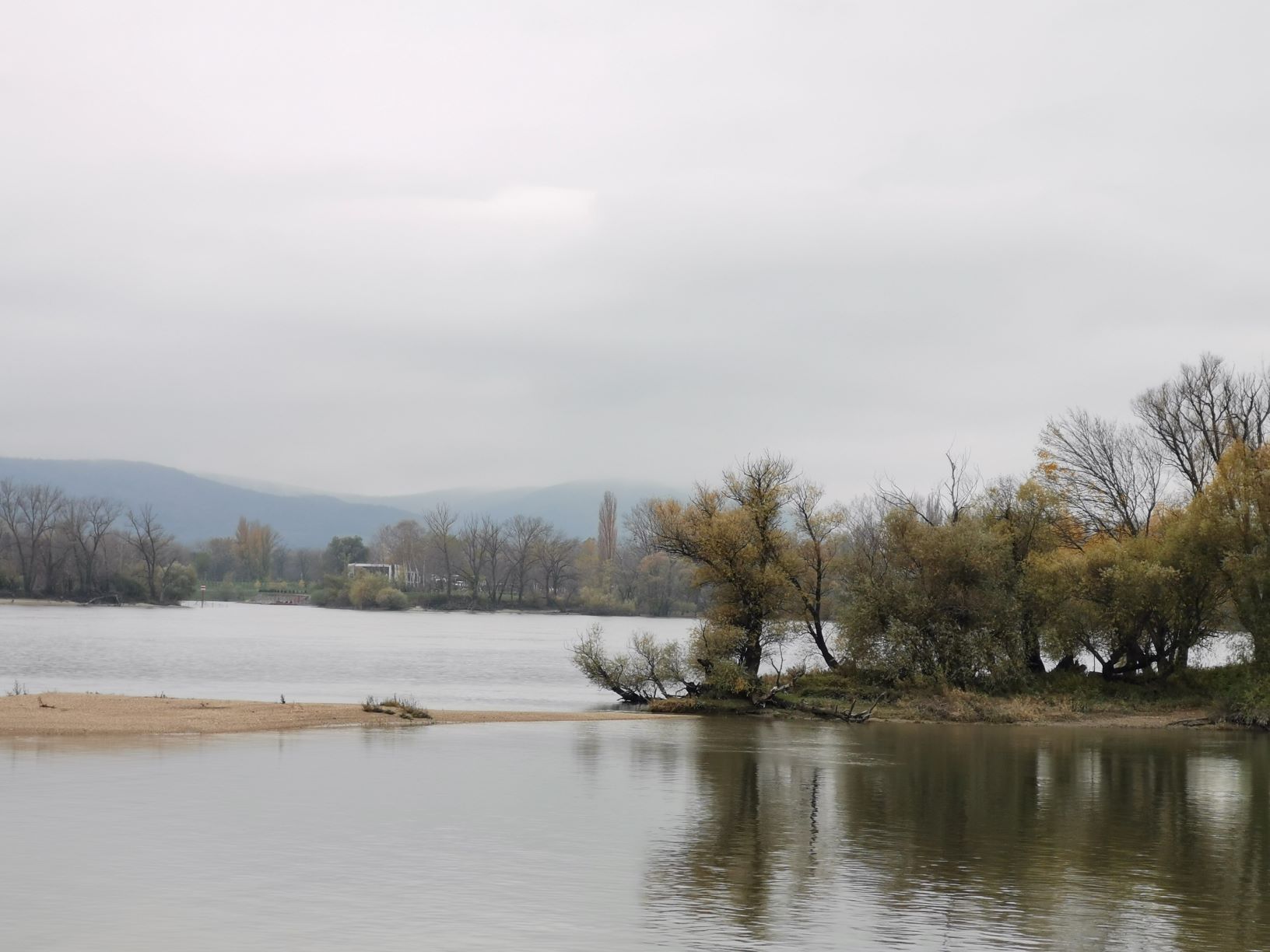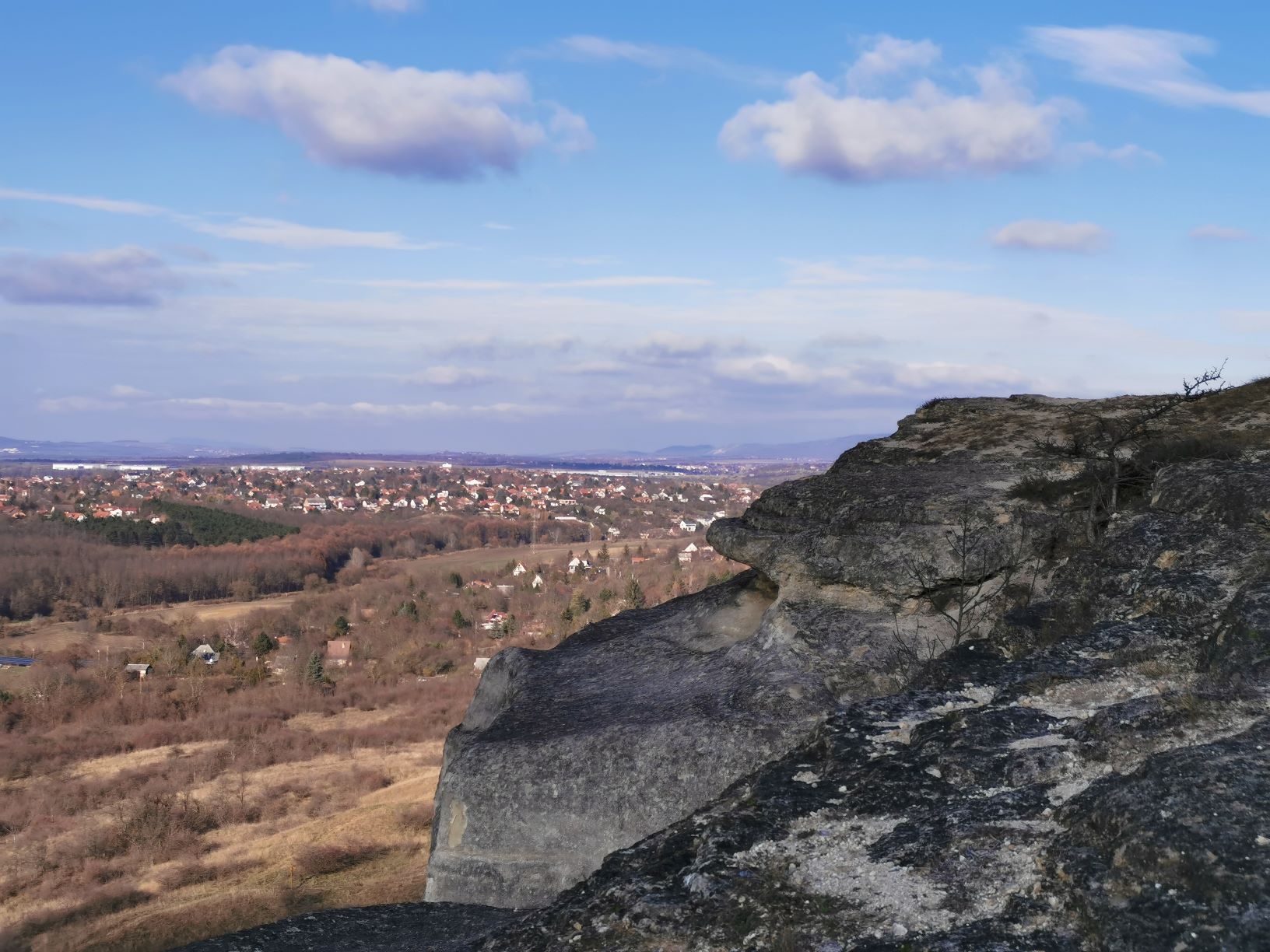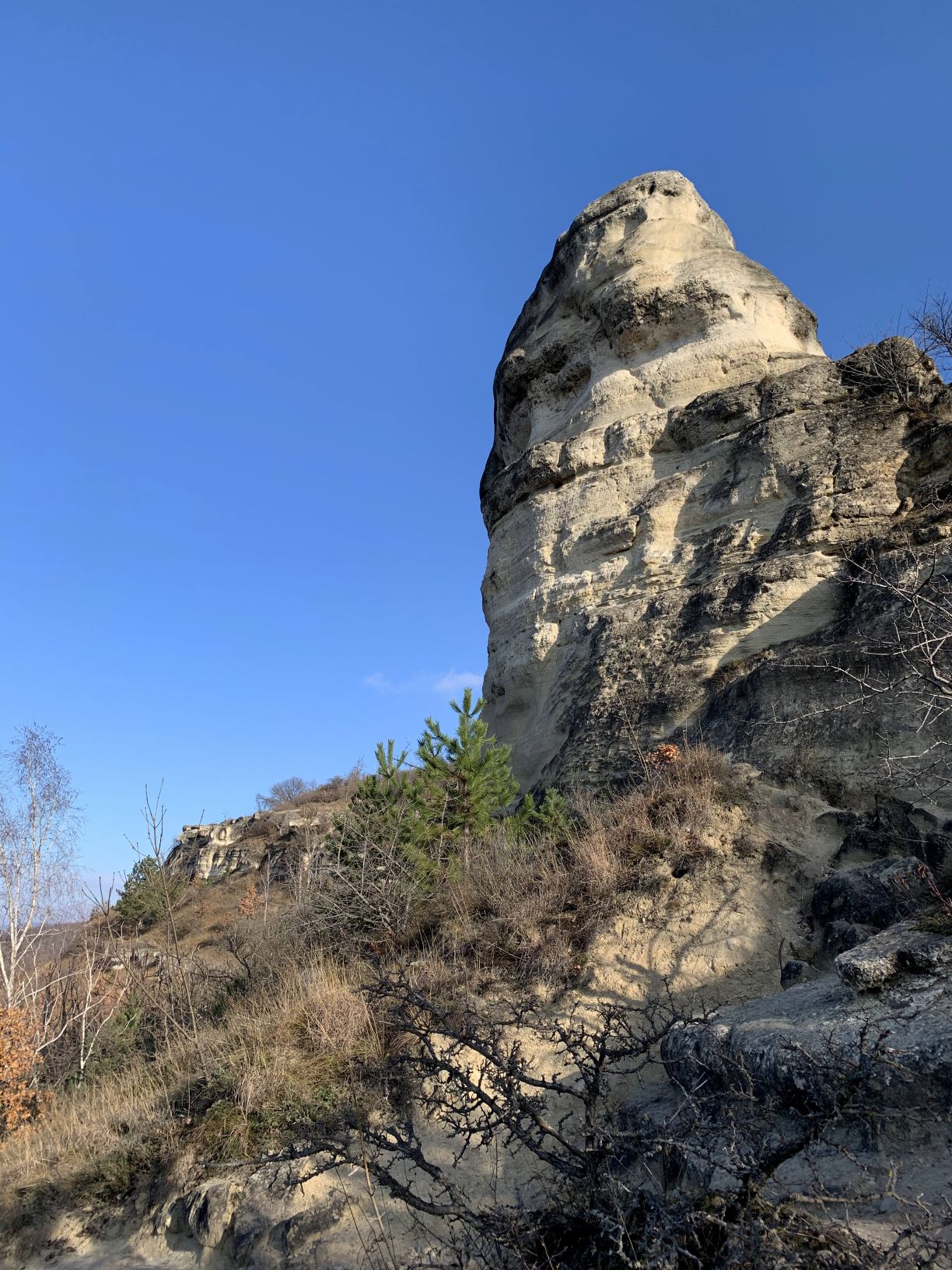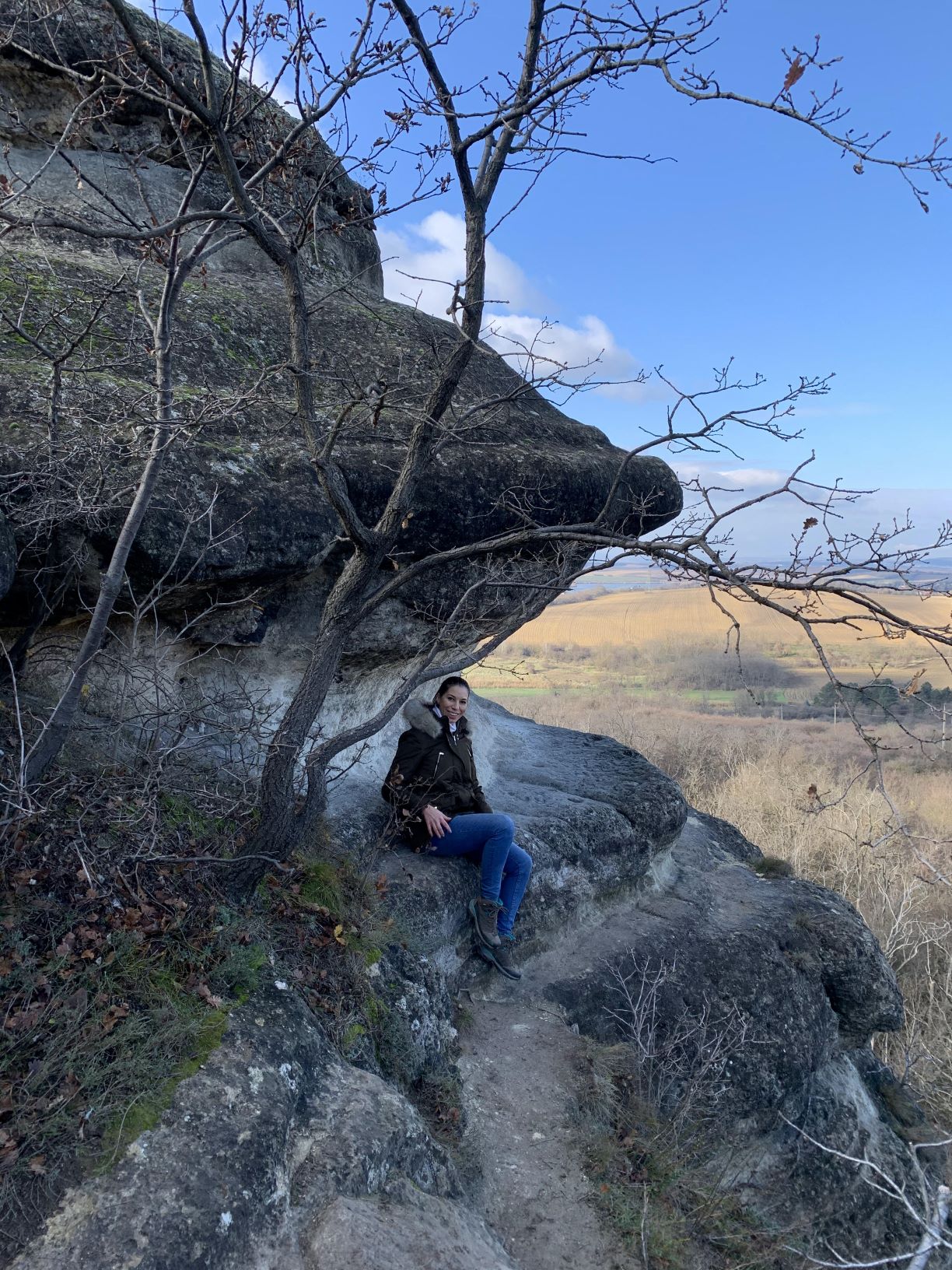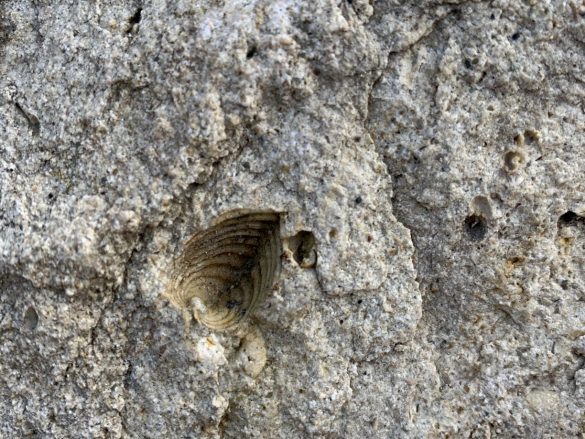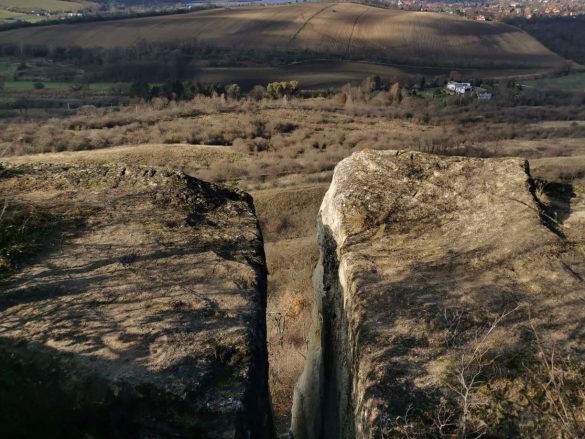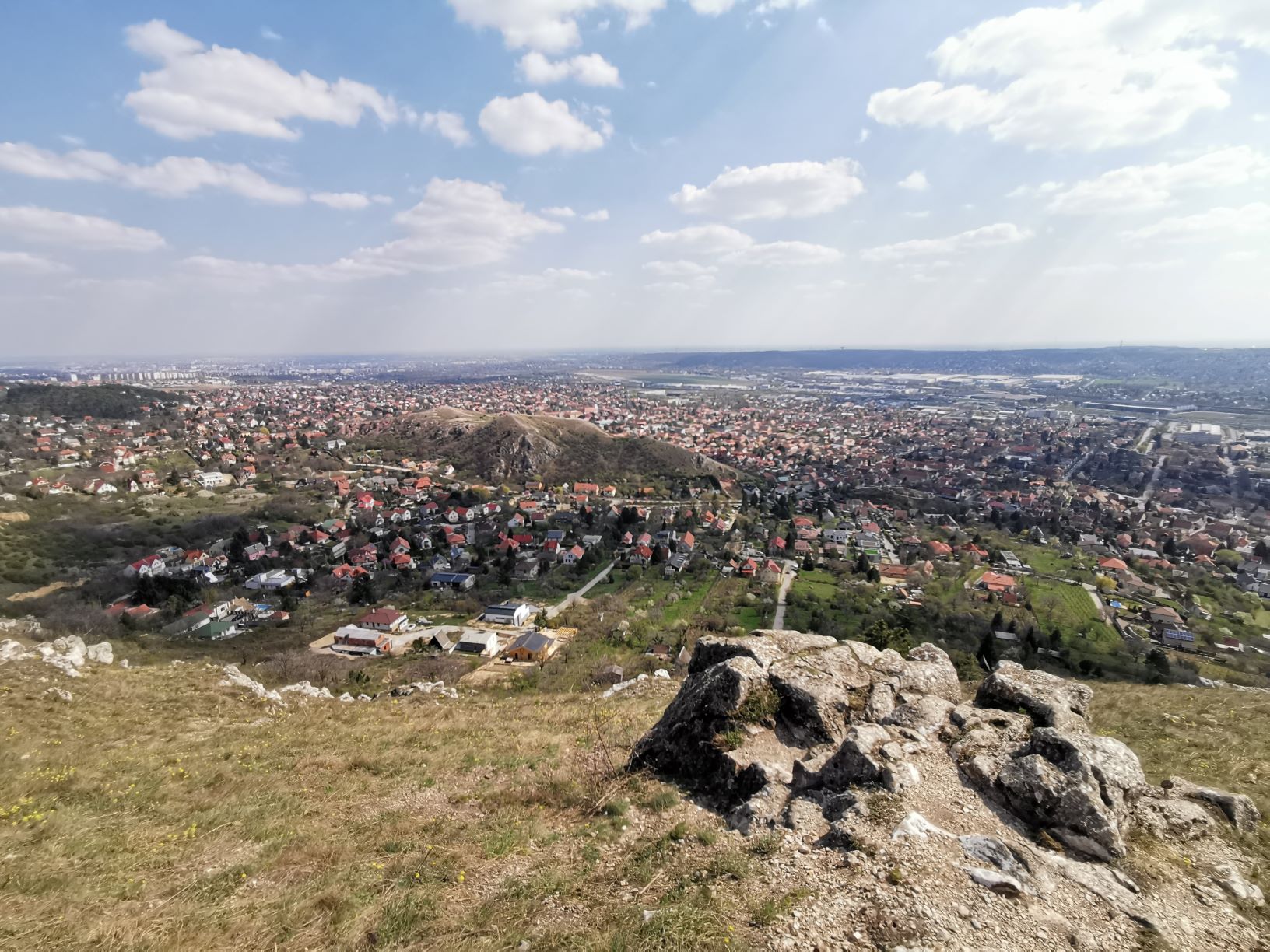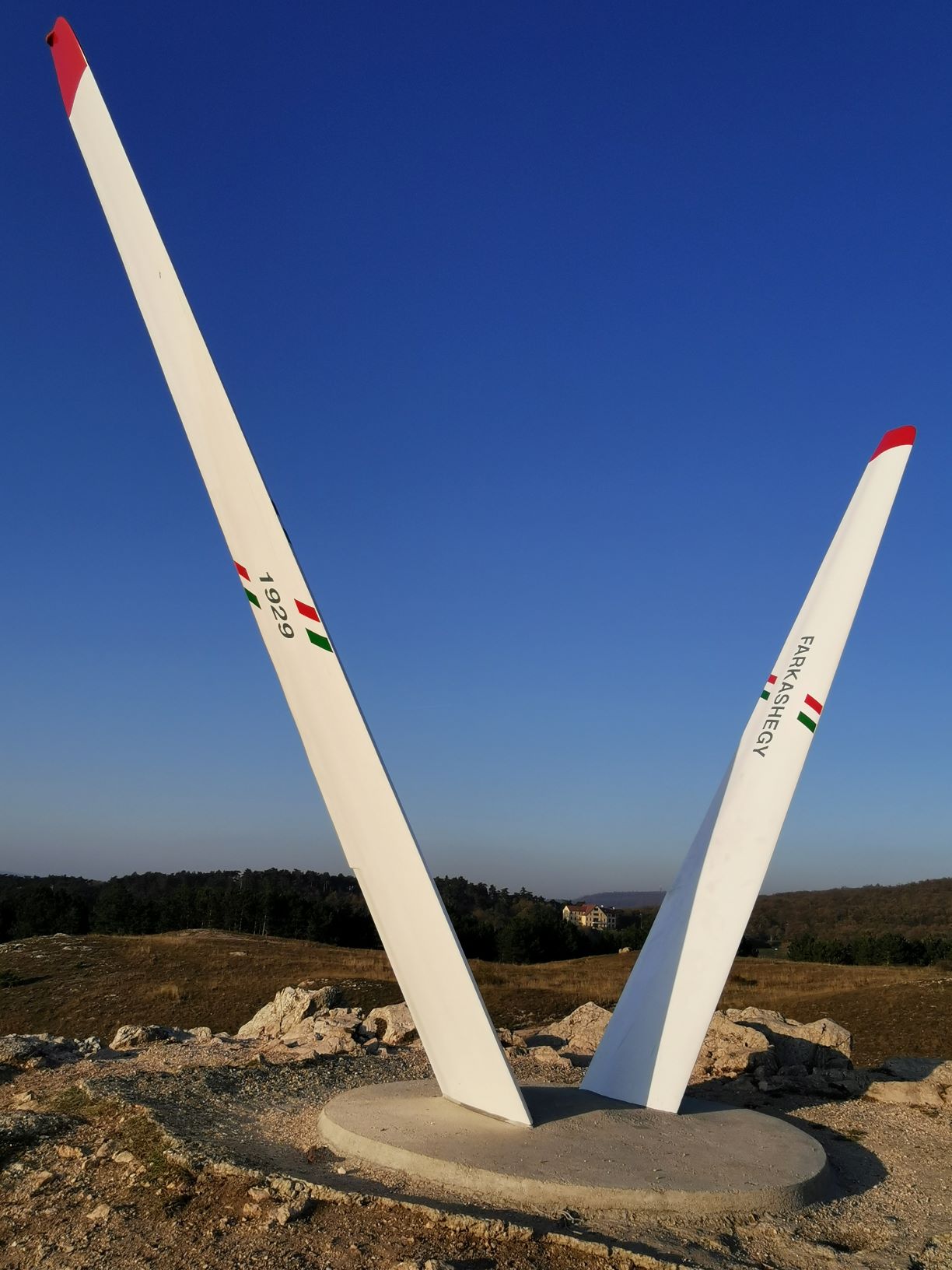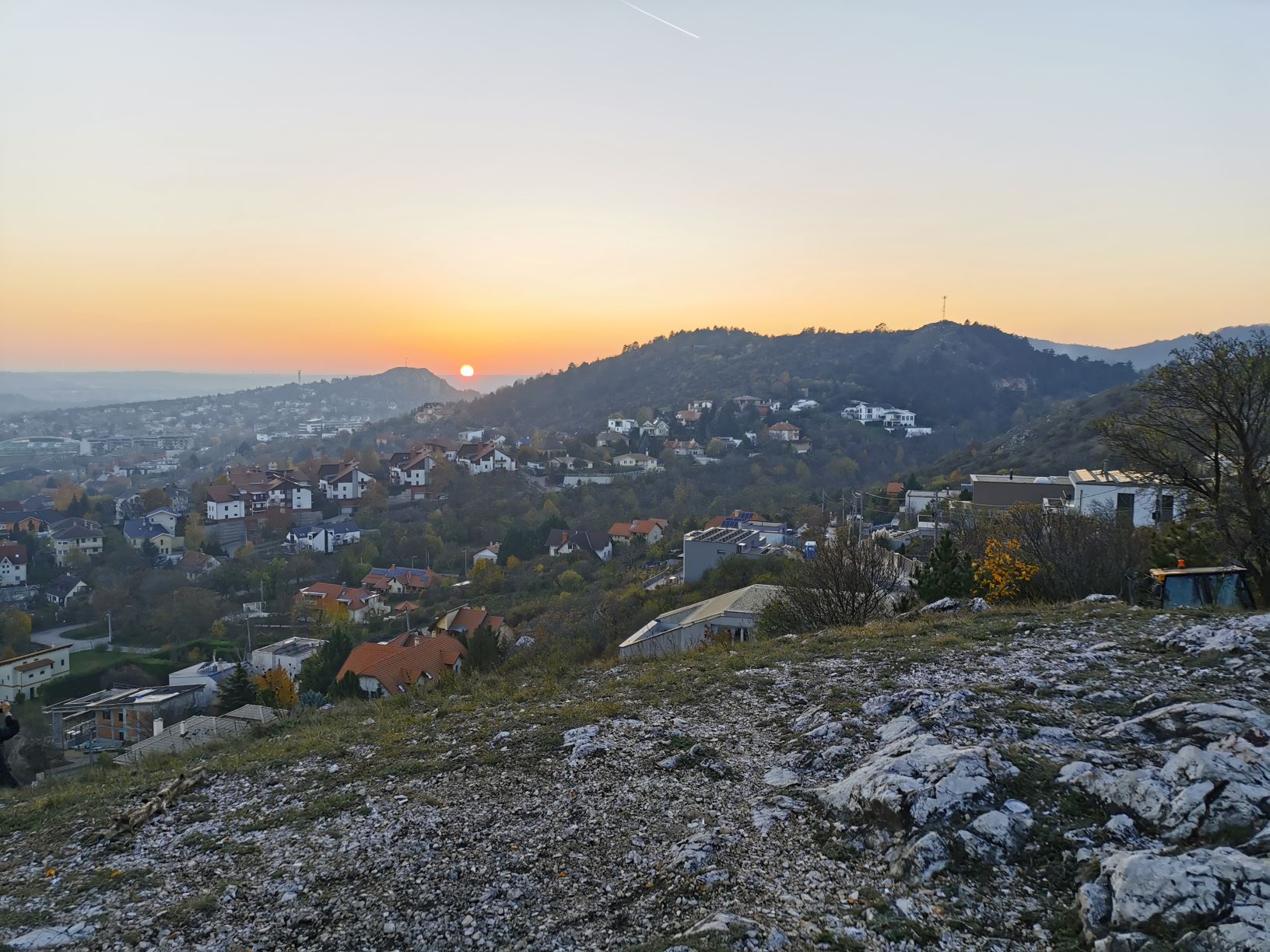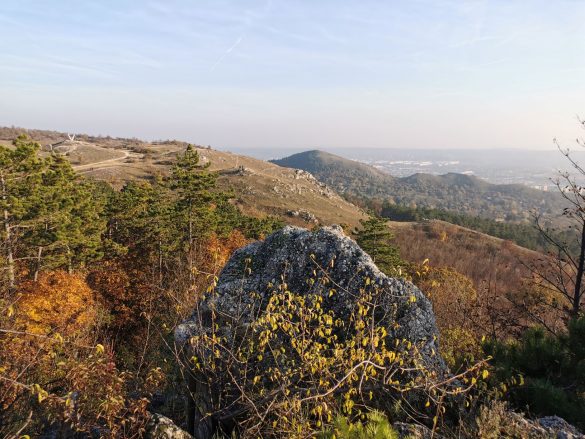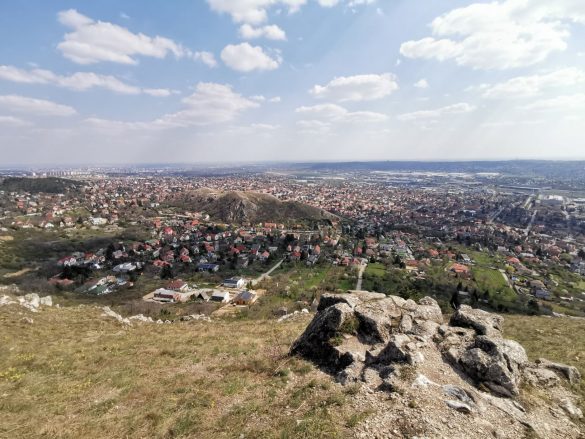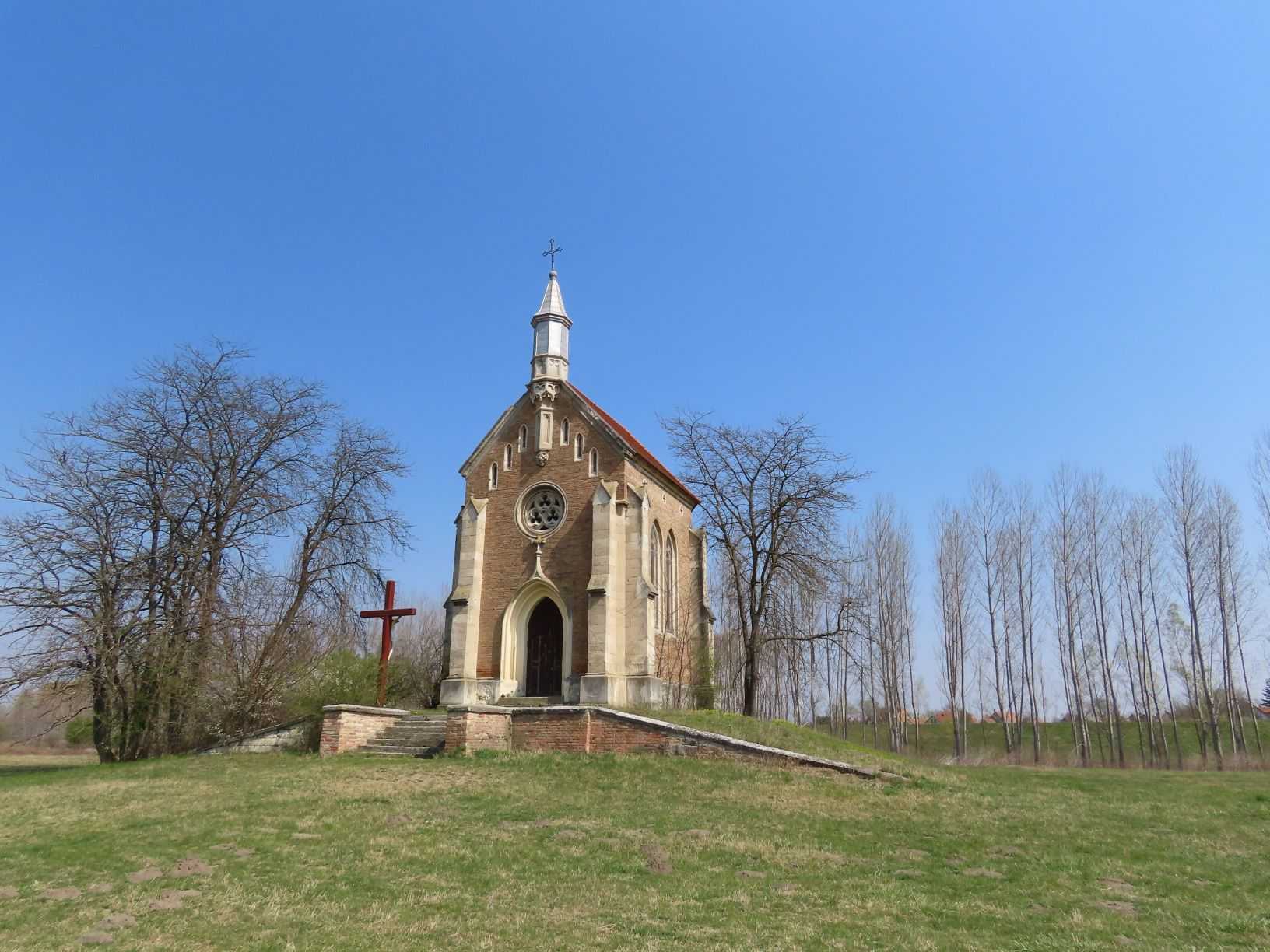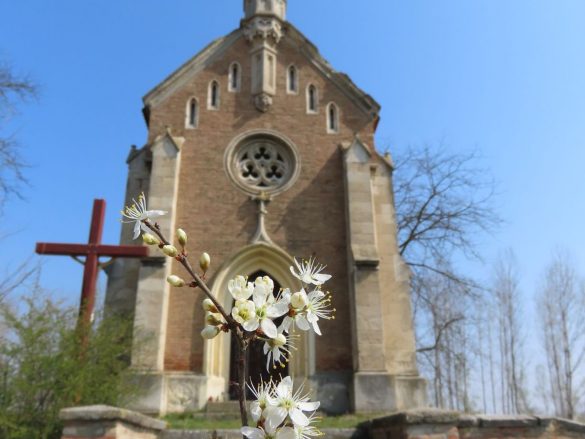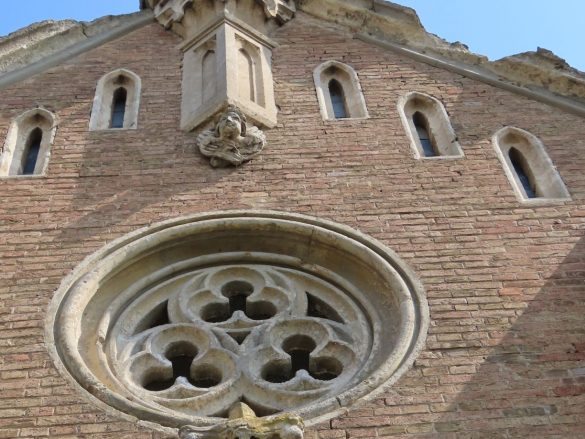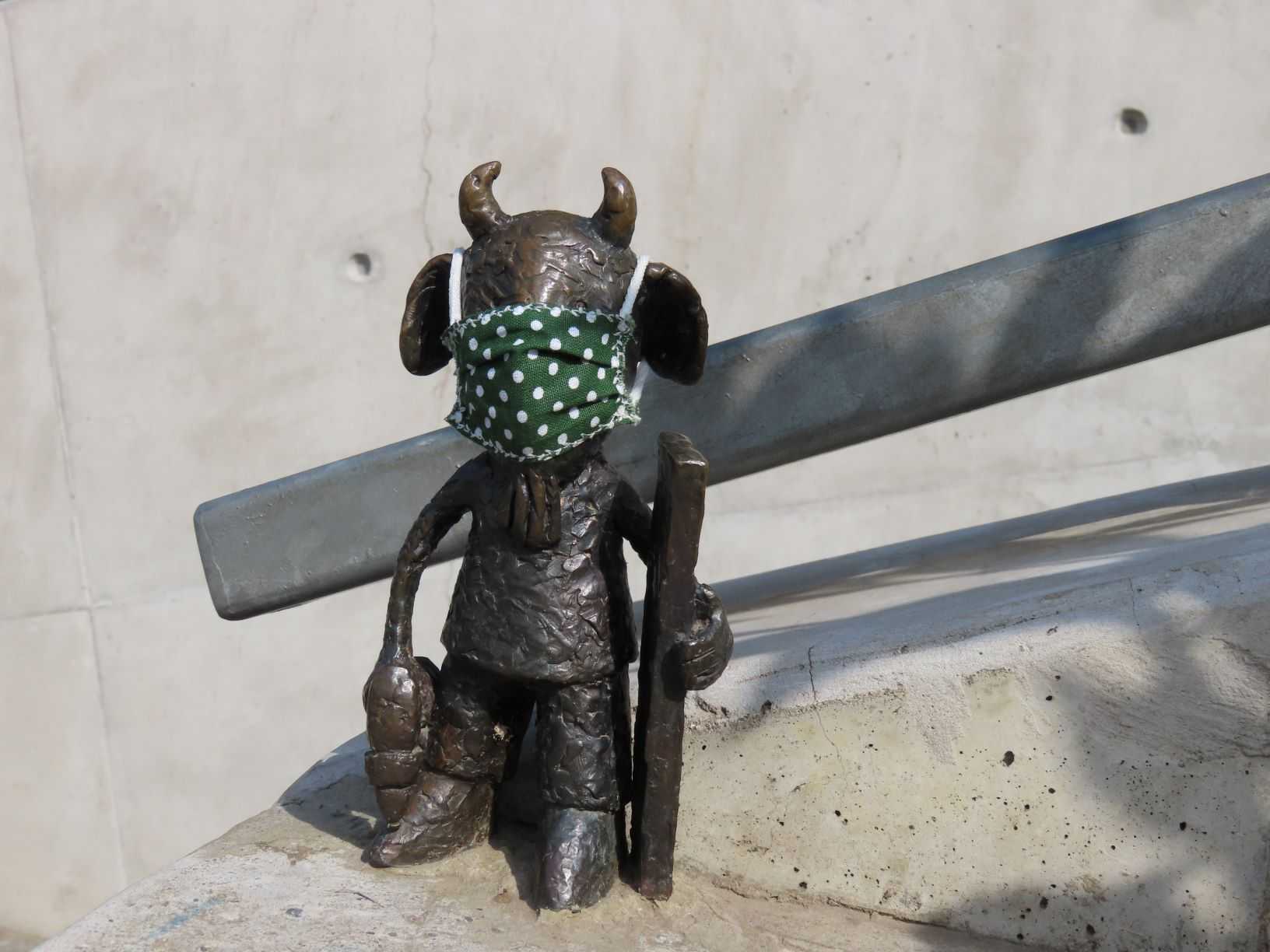Time spent in nature, whether on holiday or excursion, is the best opportunity to gather experiences. And experiences are the greatest things you can collect. I say it as a traveling blogger and as a private citizen. On the one hand, they never expire or go out of style. We can relate them as nostalgia in tough times and they’ll only get nicer over time. On the other hand, collecting experiences is one of the healthiest addictions. As we do so, we learn and admire the world around us, discovering new things. In my latest compilation, I now show you 10 places I have personally explored and recommend them as a family excursion program with children. You can’t start collecting experiences too early, right?
Apáthy-szikla, Budapest
This stunning, snow-white dolomite rock is located in Budapest 2nd district. From its top, there are spectacular views of the bustling city and its iconic buildings. The geological formation of the Apáthy Rock (Apáthy Szikla) protected by nature conservation is very interesting too. The rock fragments consisting of square pieces are held together by cementing material. To the top of the cliff towering over the apartment buildings, you can get on the green tourist-sign road. During the way, you can see effects of iron compounds precipitated from hot water in several places, as well as several cavities formed by heat sources over millions of years.
After the stretch of road fenced off by the railings, you find yourself on the 30-meter cliff edge, at the top of which, despite the breathtaking panorama, move carefully, as there is a ravine below us. After admiring Normafa, Tündér Rock and János Hill from above, as well the World War II bunker at the top of the cliff, let’s head back. Before you get to the end of your journey, let’s also get acquainted with the unique flora and fauna of Apáthy Rock with the help of description boards on the site. In addition to the 26 protected plant species, you can also find many interesting animals here.
Csergezán Pál lookout, Buda Hills
Visiting the 559-metre Nagy-Kopasz hill with the lookout tower at the highest point can also be a good program for the whole family. Sisakvirág trail from Hidegkút parking slot and barrier guides you through numerous information boards to the sailboat-shaped lookout tower, named after Pál Chergezán. The lookout tower was opened in 2006 and it’s in nice condition. The artist’s name became best known for his paintings of forest tales, but he also worked as a graphic designer for Nők Lapja, Ország Világ, and Nimród magazines. 100 steps lead to the top of the 18-meter tower, where you will find a 360-degree panorama.
The main sights can be seen in all directions, marked with numbers. In clear weather, you can see up to 100 km from the Zsámbék Basin to the Venetian Mountains to the Gerecse. Another nice stop on the tour is the Tarna resting area, which offers snow-white dolomite cliffs and views of the landscape from all directions.
Teve-szikla, Pilisborosjenő
Pilisiborosjenő is a popular tourist destination due to its proximity to the capital and its lavender fields during summer. But it has a special attraction, the camel rock (Teve szikla), which welcomes visitors in all seasons. The special natural formation, which covers a dolomite rock that has been devastated by erosion, can be reached by a one-and-a-half-kilometer walk from the lavender fields. The camel shape can only be seen from a certain point, quite accurately from the opposite side. If you are adventurous, you can even have a ride on it.
A bejegyzés megtekintése az Instagramon
If you are in the Pilisborosjenő area, it is worth taking a short detour to another special place, namely the replica of The Castle of Eger. The legendary Hungarian film from Géza Gárdonyi’s book The Stars of Eger was filmed here. The memory of the film is preserved in the castle here. While in Eger in the Panoptic you can see more of the film’s props (I wrote about it earlier HERE.)
Hárs-hegy, Budapest
If you want to stay in Budapest, but away from the noise of the capital and the crowds, a 5 km tour of Kis and Nagy Hárs Mountains can be a good option. The starting point is the Szépjuhászné parking slot, which is easily accessible by public transport and by car. Then follow your journey towards the Nagy Hárs Mountain in the direction of the yellow tourist sign. At the top of the mountain, there is a 50-meter-high lookout tower named after the forest engineer Károly Kaán. The terrace in fine weather offers a spectacular view alongside the surrounding settlements, like Pesthidegkút, Hármashatár Mountain and Pilis.
Continue your journey towards Kis-Hárs Hill, during which you pass a cave. In the 15th century, there was once a Pauline monk who spent his days mainly translating the life of the Hungarian Bible and saints. Although the entrance to the cave is guarded by a large iron, the outflow of cold shows that something is lurking in the depths of the earth.
After a short walk, you will find another tower designed by Imre Makovecz, which was originally built by railway sleepers in the 1970s. From the top of the spiral staircase, you can Budapest and its iconic buildings. Before the return trip, if you want to relax or enjoy your sandwiches brought from home. You can do so comfortably at the rest stop next to the Makovecz Lookout Tower.
Oszoly-csúcs, Csobánka
A lesser-known hiking spot near Budapest is Csobánka, whose huge 40-metre white cliffs attract all the attention of all passers-by from afar. Although at first glance it seems almost impossible to conquer them, don’t be afraid of it. The 5 km long Oszoly nature trail, which is easy for children to explore, leads through the cliffs. Apart from the elongating slope, the terrain is easy and your reward will be two wonderful lookouts.
From the top of the Oszoly Cliff, from Kis-Kevély (461m), through the Csobánka Basin to Dobogókő (699 m), you can see a lot of hills. If you wish, you can also explore the nearby Mackó cave with a detour. More information about the treasures of Csobánka and my detailed hiking trip can be found HERE.
Zebegény
In one of the most beautiful settlements of the Danube Bend there is a special street, where blue houses are decorated with small sunflowers. The story dates back to the late 1920s when Countess Apponyi Franciska moved to Zebegény. She gathered donations to renovate some of the houses damaged in World War II and helped poor families and those in need.
Children and the locals adored the Countess and together they founded a Flower Society, where each member was given a flower name. Franciska Apponyi was named sunflower. The members of the society went on excursions together, read tales, and formed a close community. Zebegény has maintained its floral traditions to this day. Descendants of the society remember Countess Franciska Apponyi with these beautiful sunflower houses.
In addition to the colourful houses, Zebegény also has a range of special attractions worth exploring on a family trip. The most beautiful building in the village is the Church of The Blessed Lady in the center. From here it is worth taking a short walk to the Calvary Chapel. From the top of the hill, the Danube Bend is open to your eyes in all its glory, but you can also take a trip to the Koós-Károly lookout point. And in the Monarchy strudel house you will find marvelous cakes, which are a special experience to eat on the banks of the Danube in all seasons.
Nyakas-kő, Biatorbágy
The rock formation on the southern outskirts of Biatorbágy is a masterpiece of the sedimented bottom of the former Pannonian Sea shaped by erosion. Nyakas Stone cannot be lost in sight as it is really a huge rock. It can be seen from a distance from both Biatorbágy and Sókút. If you’re brave enough and not afraid of heights, you can climb to the top. However, I’m sure you’ll see beautiful views of Lake Bia and Etyek from any other and less dangerous points.
The area of the rock looks like savannas, where a hundred steps lead down through a narrow canyon less than 1 m wide. It is also worth climbing the Bird’s Petal (Madárszirt) next to the Nyakas Stone. Both limestones date back to the Sarmatian period (12-13 million years old) and have a beautiful form. If you’re lucky enough you can also find shell prints in the rocks.
Budaörsi Kopárok
Budaörs Mountains were added to my favorites this year. Contrary to their name, they do not cover a desertic landscape at all. The dolomite “caps” of the Buda Mountains serve as habitat islands for many special plant and animal species. On its southern slopes, there are species that prefer the Mediterranean climate. While the northern hillsides are home to cold-loving plants.
A bejegyzés megtekintése az Instagramon
Budaörs Mountains are only within reach of Budapest and are the perfect place for short or long hikes. Climbing the mountain ranges can be done individually. You can decide, based on your own stamina, to head for Odvas, Stone, Szállás, Farkas, Szerkrényes, or Calvary Hills.
If you want to tour them all, take at least three hours. Odvas and Farkas Mountains have become my favorites. On the top of the latter, there is a nice airplane monument. But Stone Mountain is also a very beautiful sight, with the Immaculate Conception Chapel at the top and Calvary Hill next to it.
Zichy Chapel, Lórév
The smallest town in Pest county is inhabited mainly by Serbs. But it is not the only feature while the place is worth visiting. The Zichy Chapel stands in the flooded field of the Danube, in the suburban part of the village. It offers a stunning view in the middle of nowhere. The building was erected in 1858 in memory of Zichy Ödön, who was tragically sentenced to death. The chapel, which carries neo-Gothic and romantic architectural features, has long been abandoned. It underwent a complete renovation in 2000, and for 10 years it has been massed once a month.
The muddy surrounding of the chapel, especially due to its birdlife, enjoys conservation protection. With any luck, during your hiking you can see a great egret, cormorant, or even grey heron. Next to the chapel on the banks of the Danube. It is nice to walk around, immerse yourself in your thoughts. Or watch the ferry that connects the village of Adony opposite Lórév.
Treasure hunt in the capital
If you decide to stay in Budapest, there is still a special program that even involves children. Namely treasure hunt and find mini statues on the streets of the city. The mini sculptures were made by Transcarpathian artist Mikhail Kolodko and appear in many parts of the city without any prior notice.
Jack of All Trades, the rabbit with checkered ears or Rubik’s Cube, are just a few of the dozens of statues waiting to be discovered by passersby. I tracked them down in the summer and wrote a detailed guide about them, which can be read by clicking HERE. However, I give you some hints to be Indiana Jones for a day, I didn’t tell you all the behind-the-scenes secrets in it.


